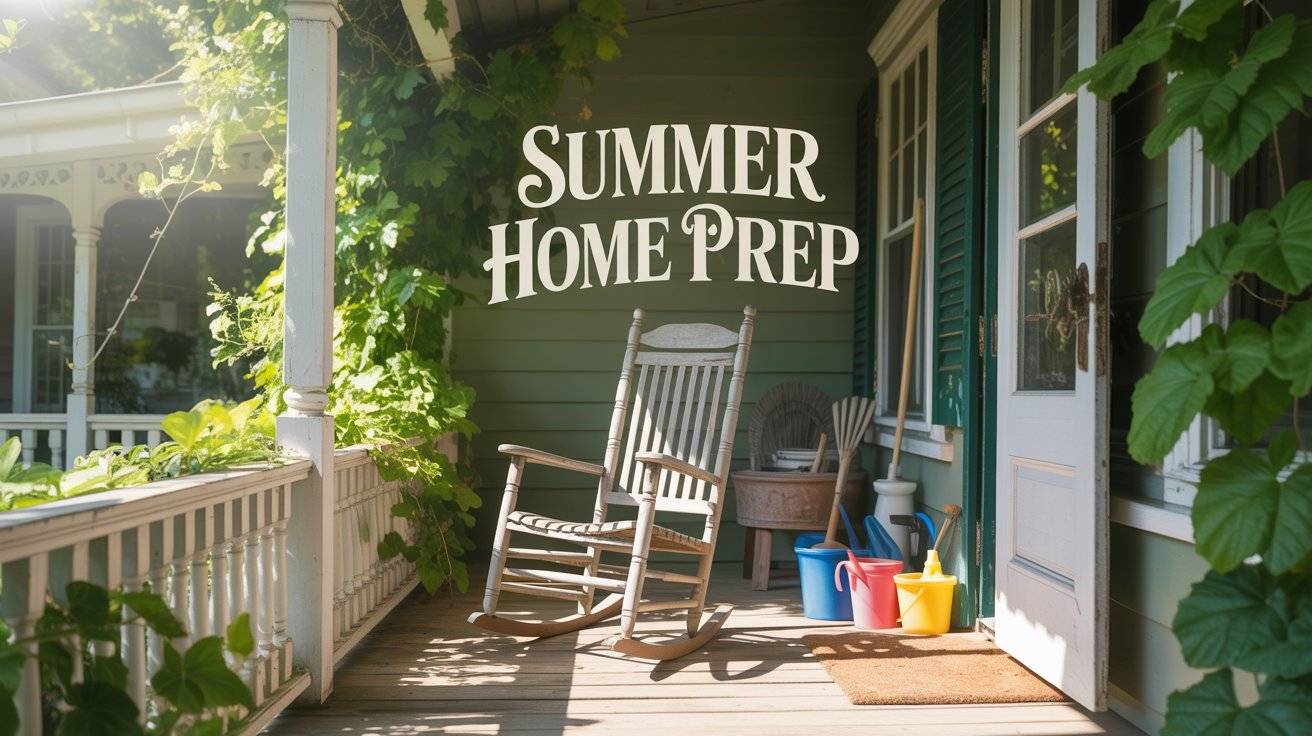As the days get longer and the temperatures climb, it’s the perfect time to give your home a little attention before summer settles in. Prepping your home for summer doesn’t have to be overwhelming. In fact, doing a few key maintenance tasks now can help you avoid costly repairs, keep energy bills down, and make your home a more comfortable place to relax during the hot months.
This guide breaks down real, doable things every homeowner should tackle before summer hits inside and out. We’ve gathered expert-backed ideas from trusted sites like Bob Vila, Family Handyman, and Better Homes & Gardens to make sure you’re getting reliable advice that actually works in real life.
Whether you’re a new homeowner or someone who just wants to keep things running smoothly, this checklist will guide you through what to fix, clean, or improve before summer rolls in. Let’s get started.

1. Clean and Inspect Your Air Conditioner
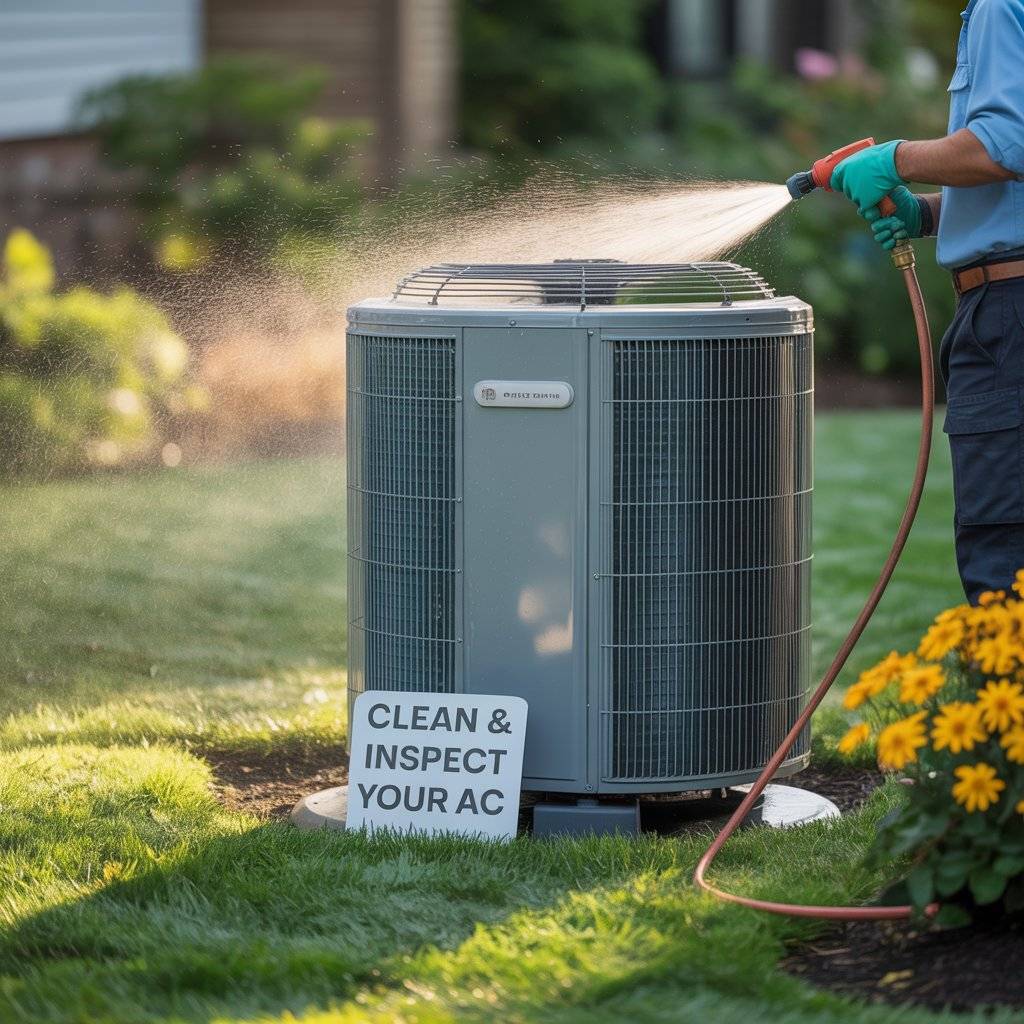
Before the real heat kicks in, make sure your AC is clean and working efficiently. Start by changing or cleaning the filters it helps improve airflow and reduces energy use. If you have a central air system, take time to inspect the outdoor unit. Clear any debris, leaves, or grass clippings from around it. You can gently hose it off and let it dry fully.
If the system hasn’t been serviced in a while, schedule a professional HVAC technician to do a tune-up. They’ll check refrigerant levels, test the thermostat, and ensure everything is running smoothly.
A well-maintained AC not only cools better but also lasts longer, saving you money in the long run. According to Energy.gov, routine maintenance can improve your air conditioner’s efficiency by up to 15%.
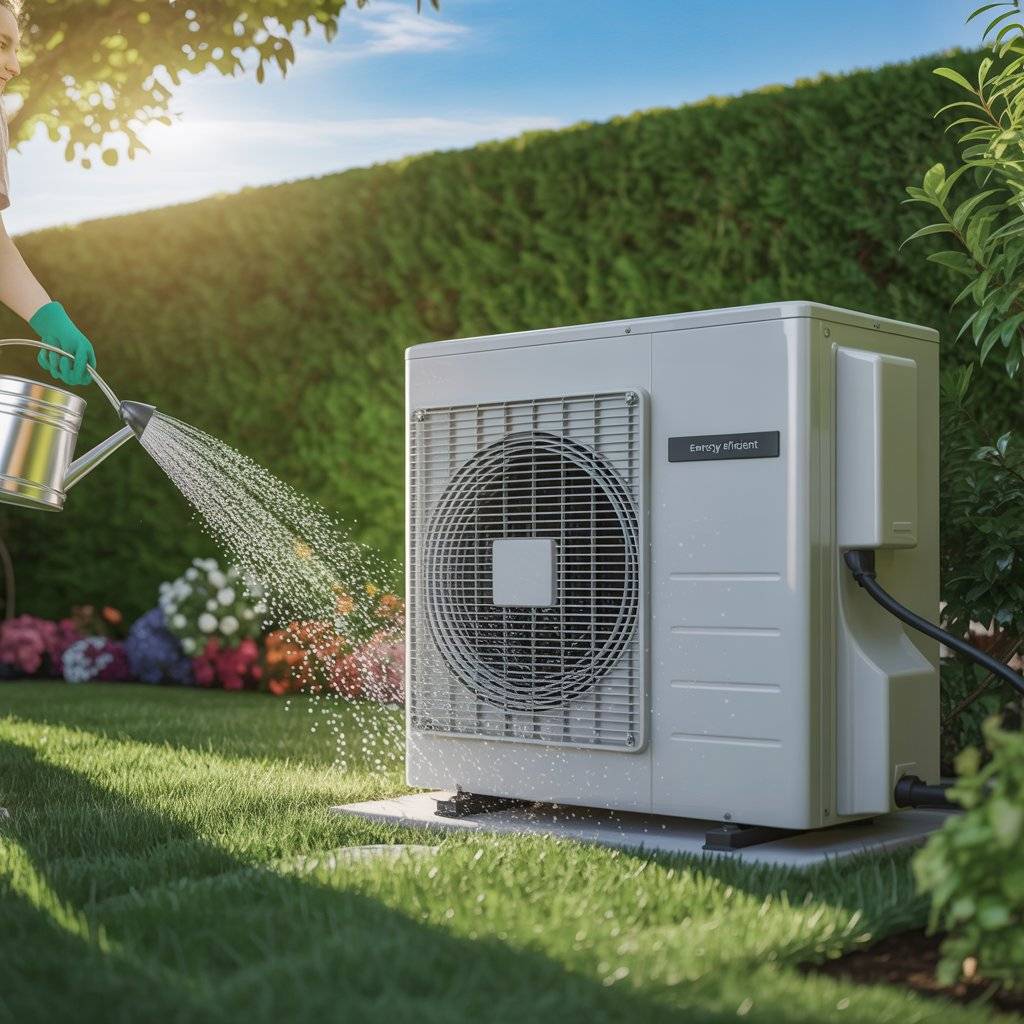
2. Check and Seal Windows and Doors
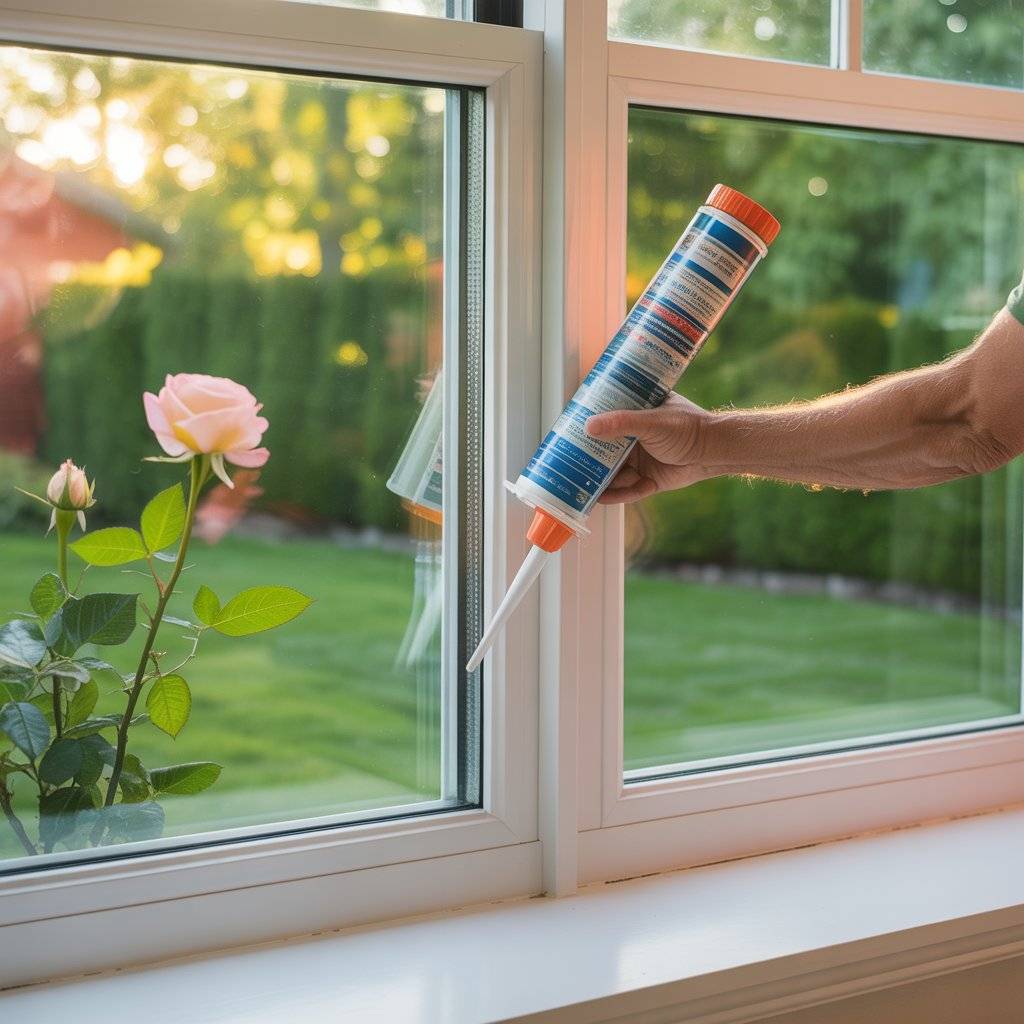
Hot air sneaking into your home through tiny cracks can make your air conditioner work overtime. Check all your windows and doors for air leaks. Feel around the edges for drafts, especially on windy days. If you find any, use caulk for gaps around window frames and weatherstripping for doors.
It’s an easy fix that can make a big difference in how cool your home stays. The Department of Energy says sealing leaks could cut cooling costs by up to 20%. You can also add thermal curtains to windows that get a lot of sunlight this helps block the heat and keeps rooms cooler. This small task not only boosts comfort but also reduces your summer energy bill.
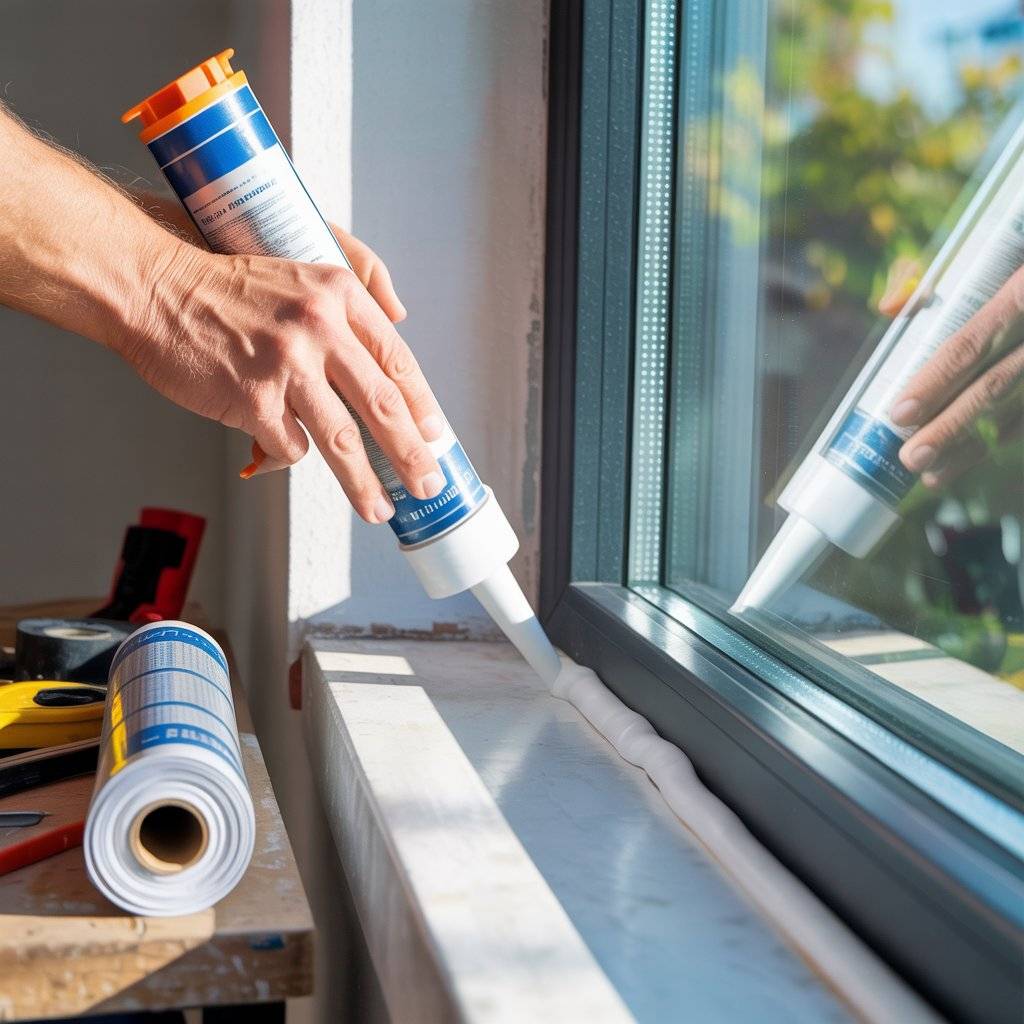
3. Wash and Inspect Window Screens
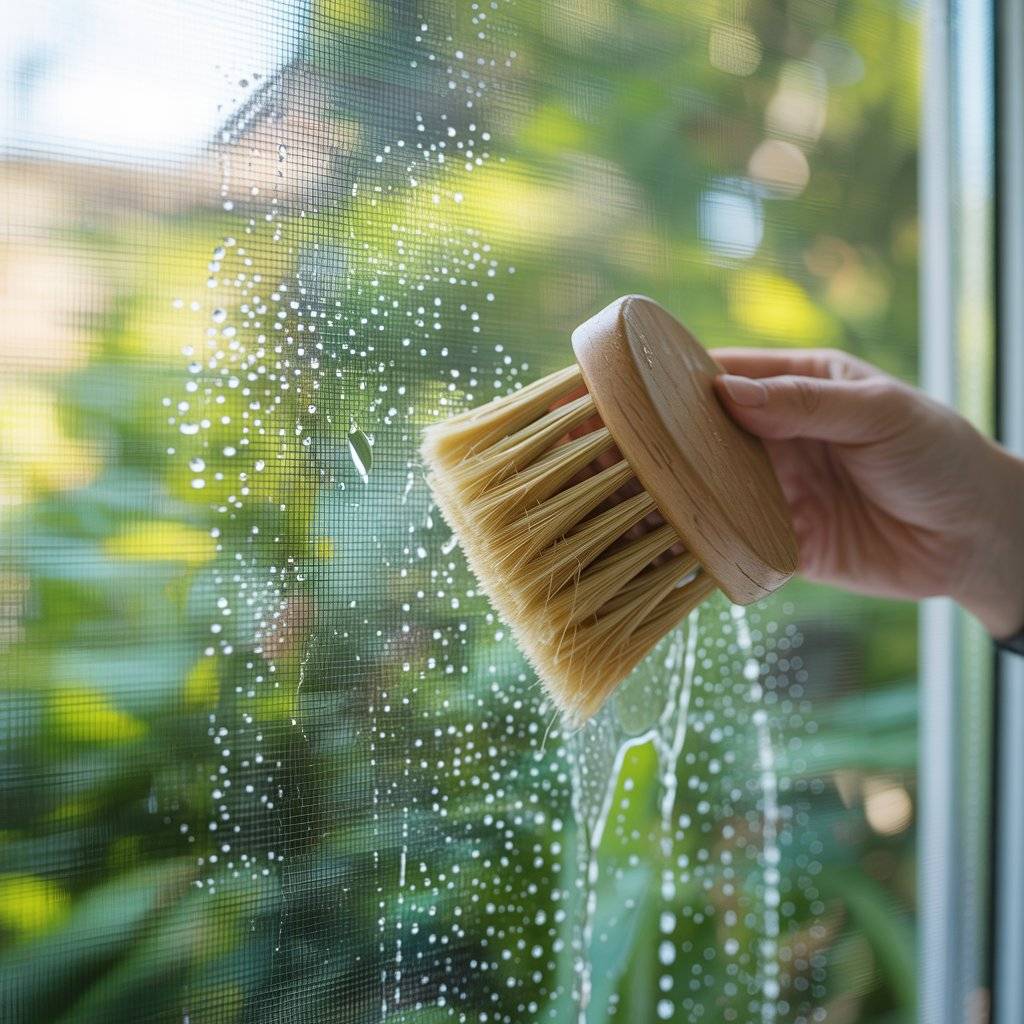
With warm breezes on the way, it’s time to get those screens clean and ready. Remove them carefully and use a hose or gentle brush to wash off dust, pollen, and dirt. Mix a bit of dish soap with warm water for stubborn spots. As you clean, check for any holes or tears that could let bugs in.
Tiny holes can be patched with a screen repair kit from most hardware stores, or you can replace the mesh completely if needed. Clean screens make your windows look better and let in more fresh air, while repaired screens protect your home from unwanted pests. This is a great Saturday morning project that doesn’t take long but makes a big difference.
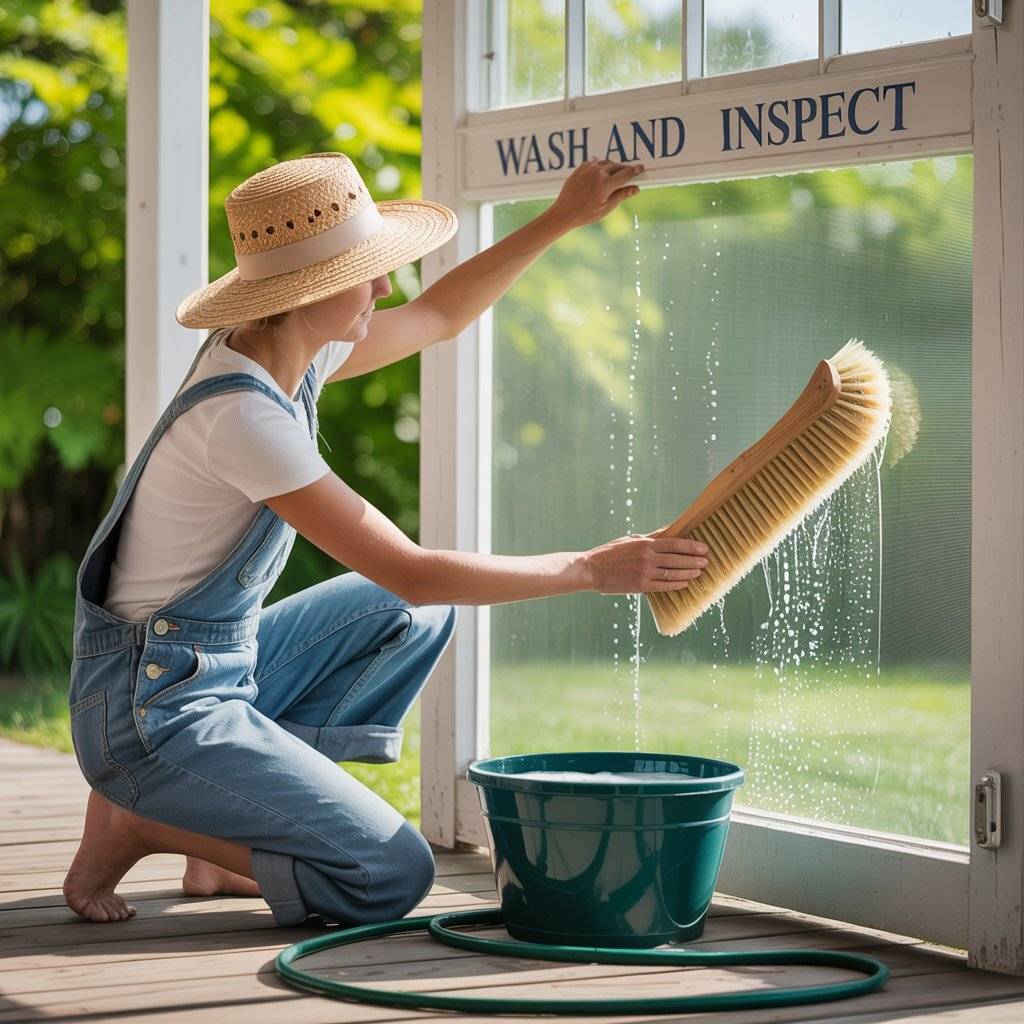
4. Give the Ceiling Fans a Refresh
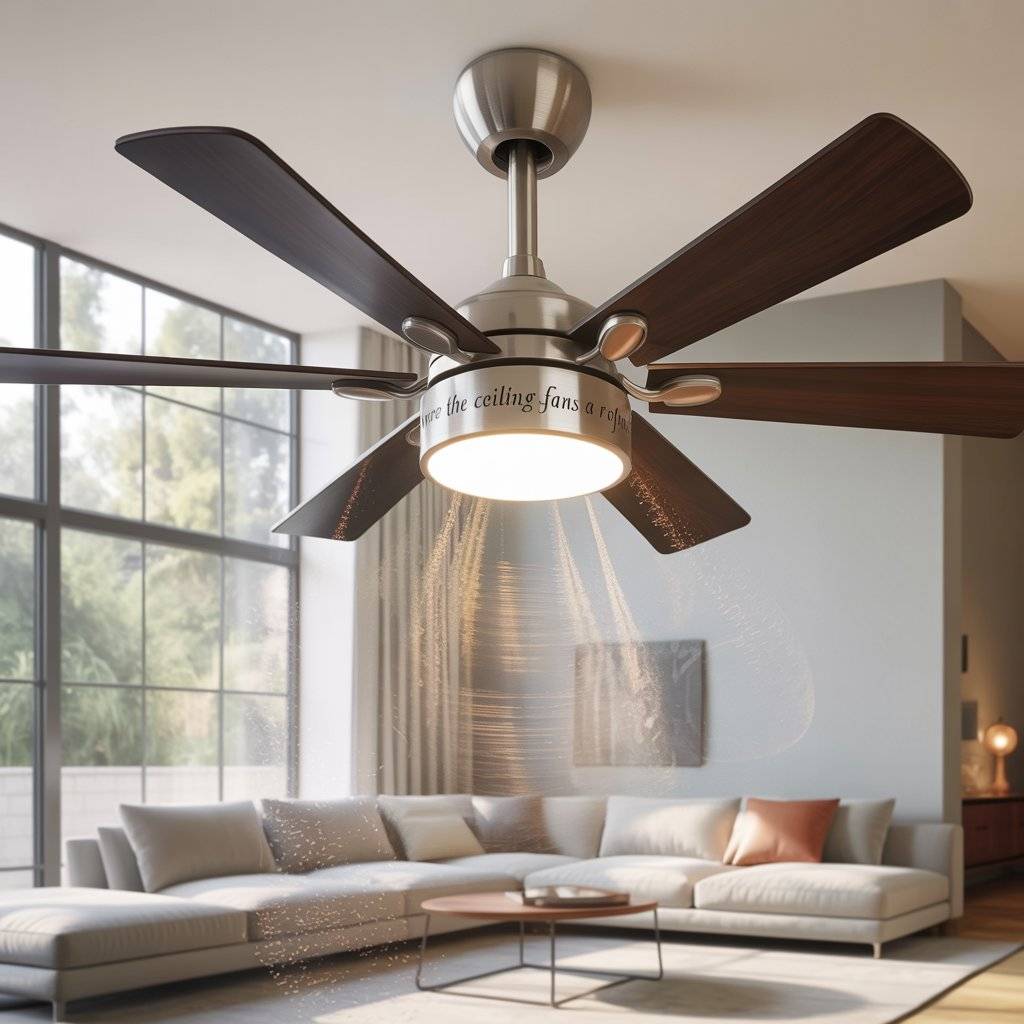
Ceiling fans are a smart, low-energy way to stay cool, but only if they’re working properly. First, clean the fan blades with a damp cloth or microfiber duster. Dusty blades just blow allergens around and make your space feel less fresh. Next, make sure your fans are spinning counterclockwise for summer.
This pushes cool air down into the room. You can usually flip the direction switch right on the fan base. If the fan wobbles or makes noise, tighten the screws and check the balance. According to Energy Star, using fans correctly can make a room feel up to 4°F cooler allowing you to raise the thermostat and save on cooling costs.
Spring Home Maintenance Checklists Tasks to Do Now
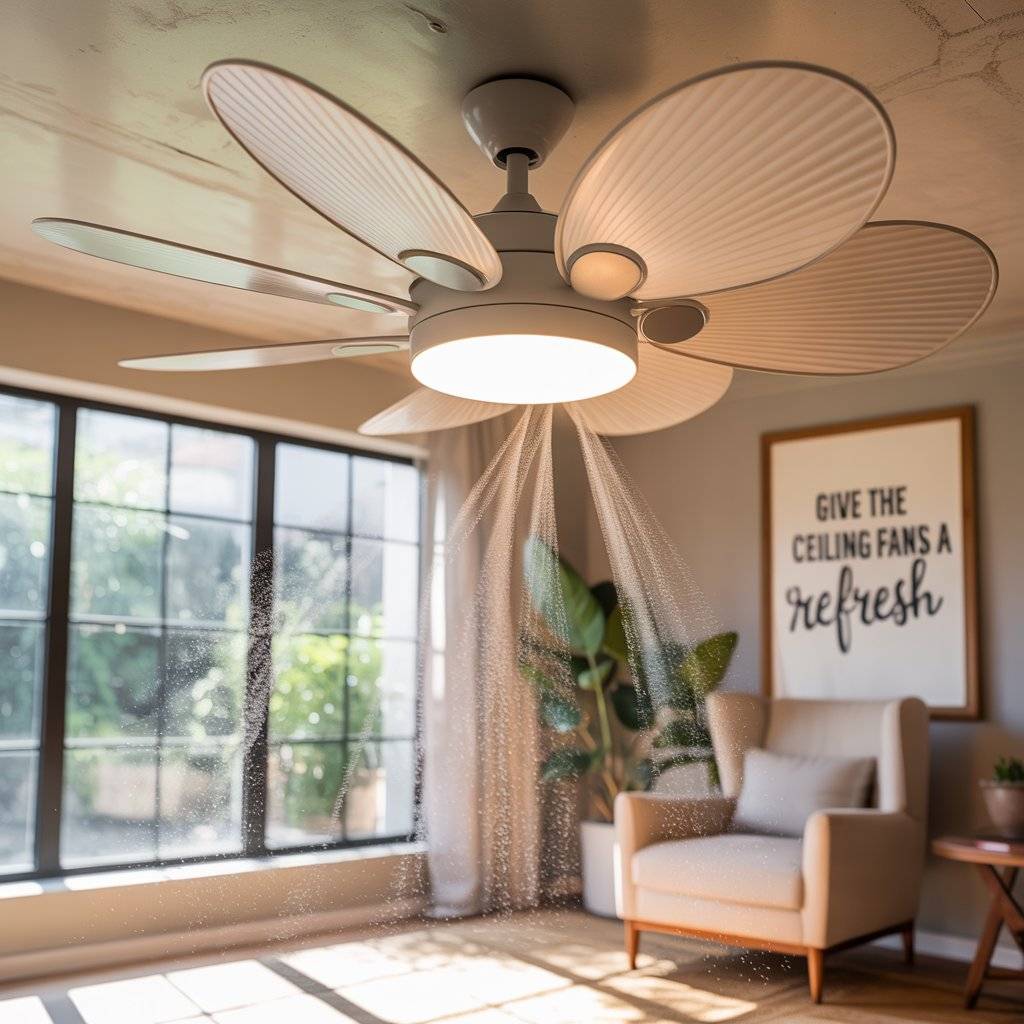
5. Power Wash Patios, Decks, and Outdoor Furniture
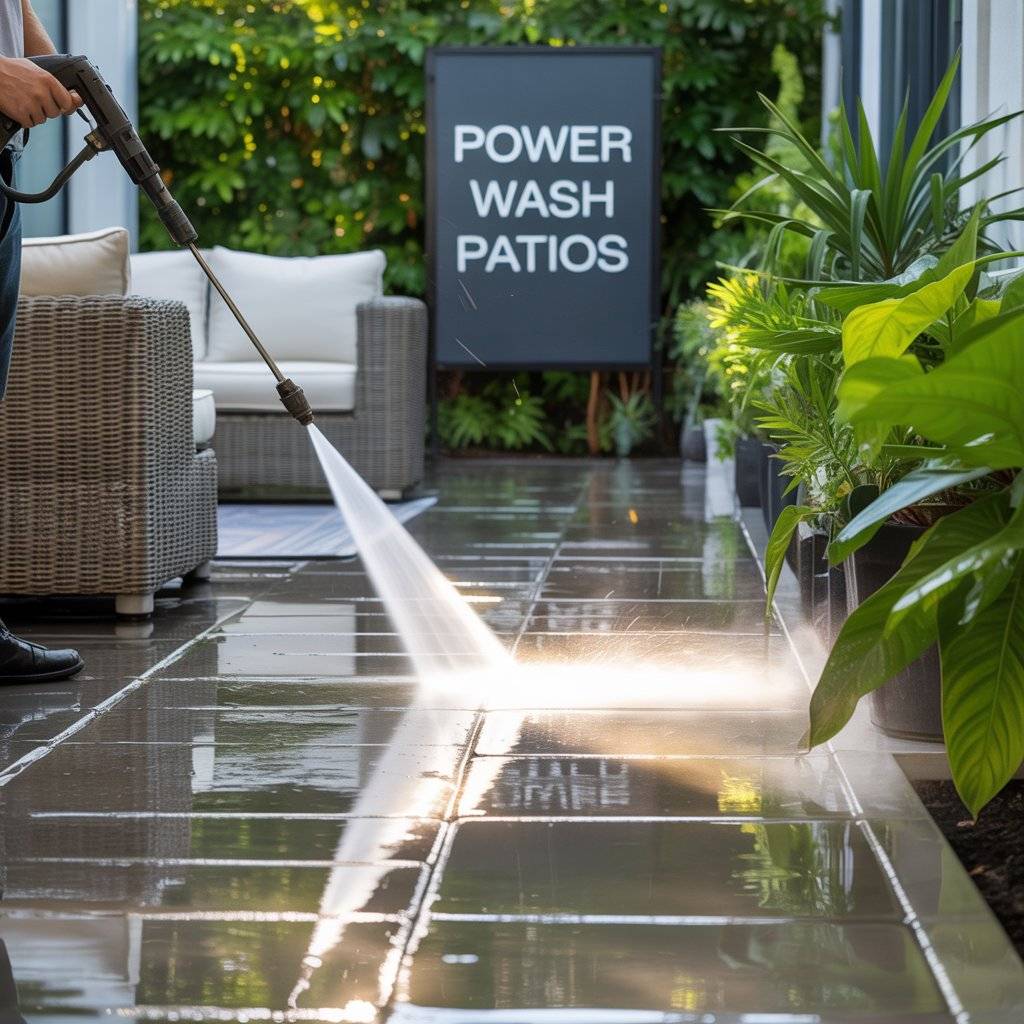
After months of rain, dust, and debris, your outdoor spaces probably need a good cleaning. Use a garden hose or a power washer to clean patios, decks, and walkways. If you have wood decking, scrub with a deck cleaner to remove mold or mildew stains.
For outdoor furniture, mix warm water with mild soap and a bit of white vinegar to clean grime off cushions and frames. Let everything dry in the sun. Not only does this make your outdoor area more inviting, but it also helps preserve the materials.
Clean surfaces reduce slipping hazards and keep pests from nesting in hidden spots. According to This Old House, regular cleaning extends the life of your outdoor gear and saves you from costly replacements.
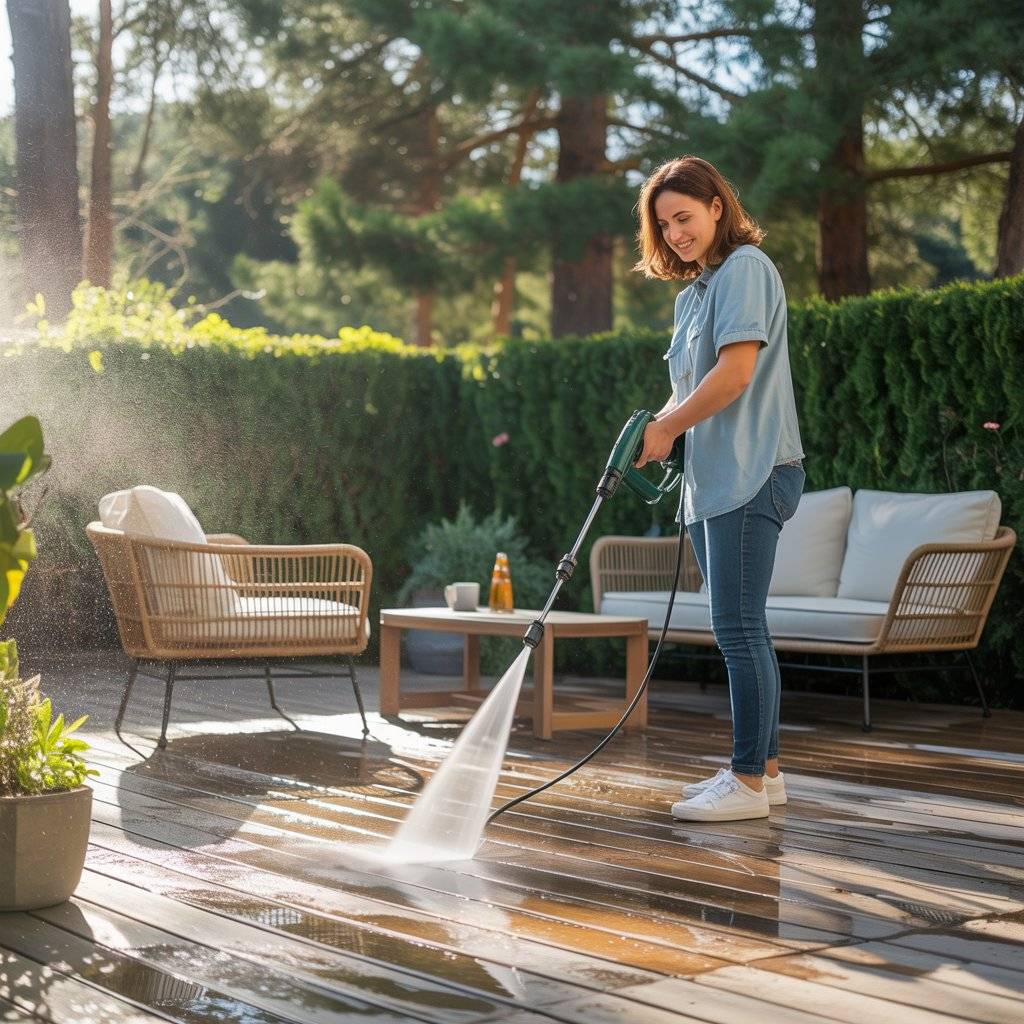
6. Inspect the Roof and Gutters
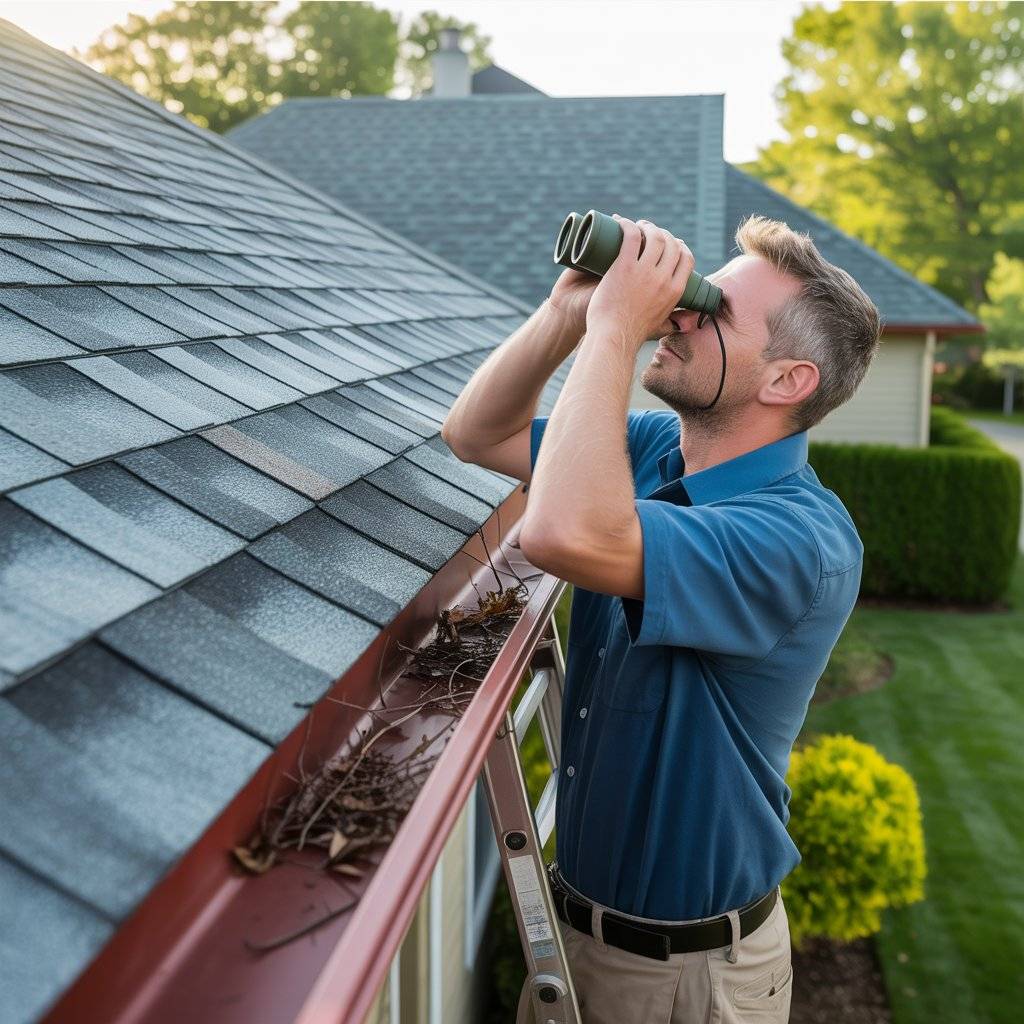
Summer storms can hit hard, and your roof needs to be ready. Do a quick visual inspection look for missing shingles, sagging areas, or signs of mold or rot. Binoculars work great if you don’t want to climb up. Gutters should also be checked and cleaned. Even though most leaves fall in autumn, debris can still collect in spring.
Clogged gutters can cause water to back up onto your roof or overflow near your foundation. While you’re at it, make sure downspouts are directing water away from the house. Bob Vila recommends inspecting your roof twice a year to prevent costly leaks and water damage. If anything looks serious, don’t hesitate to call a pro.
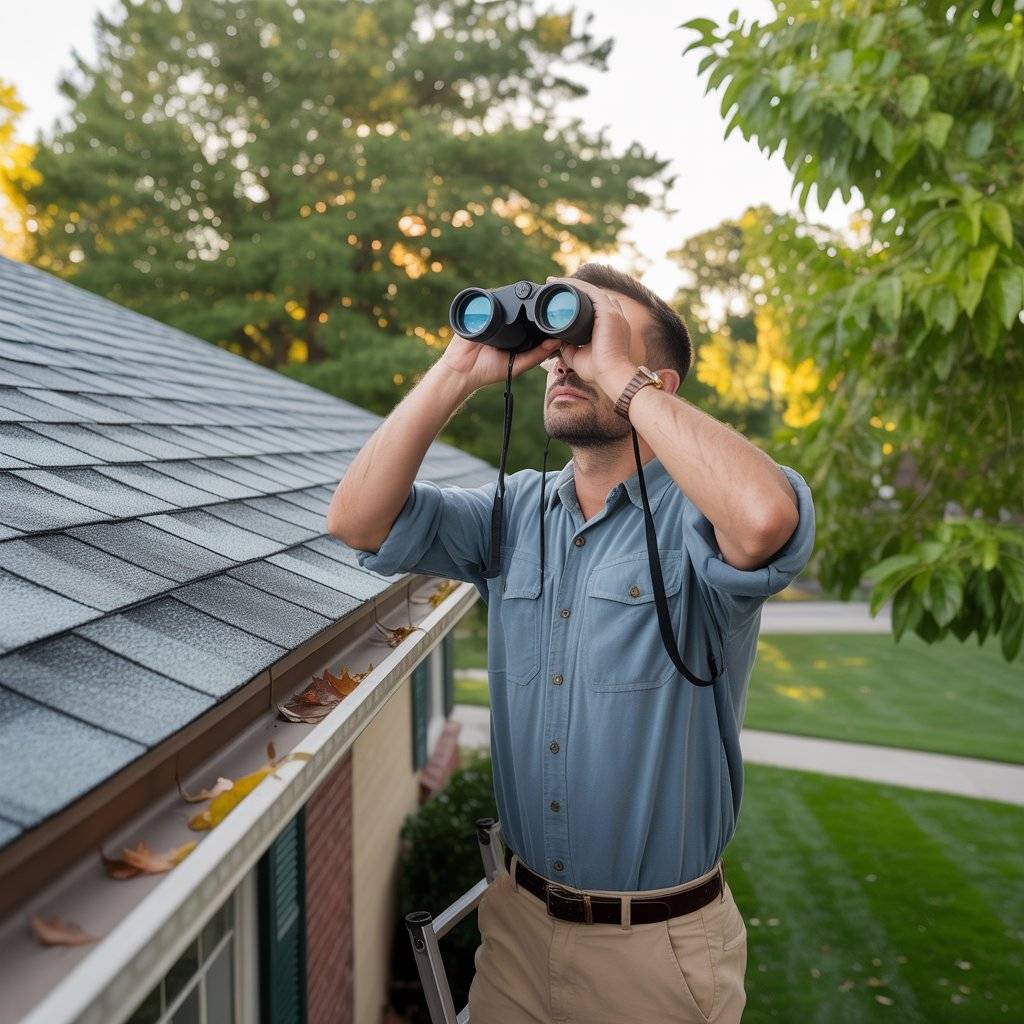
7. Prep the Lawn and Garden for Growth
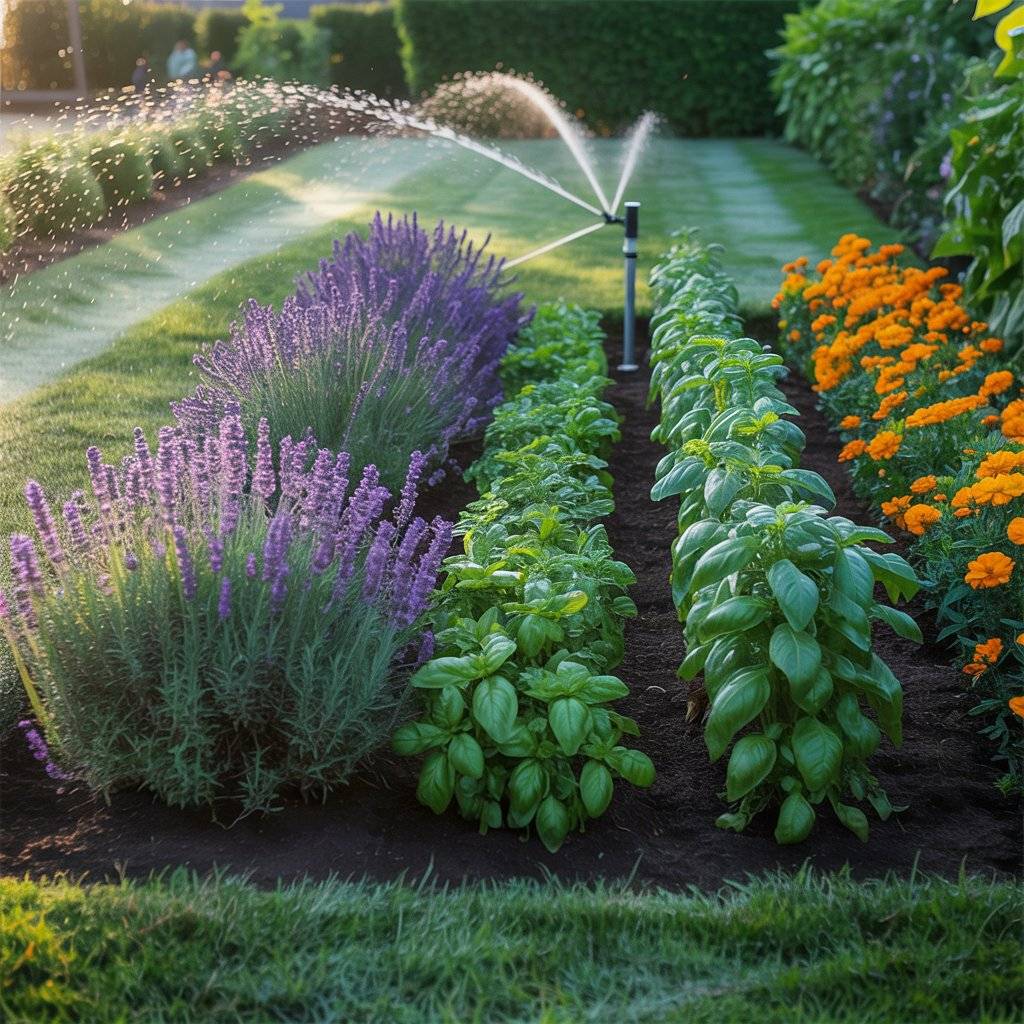
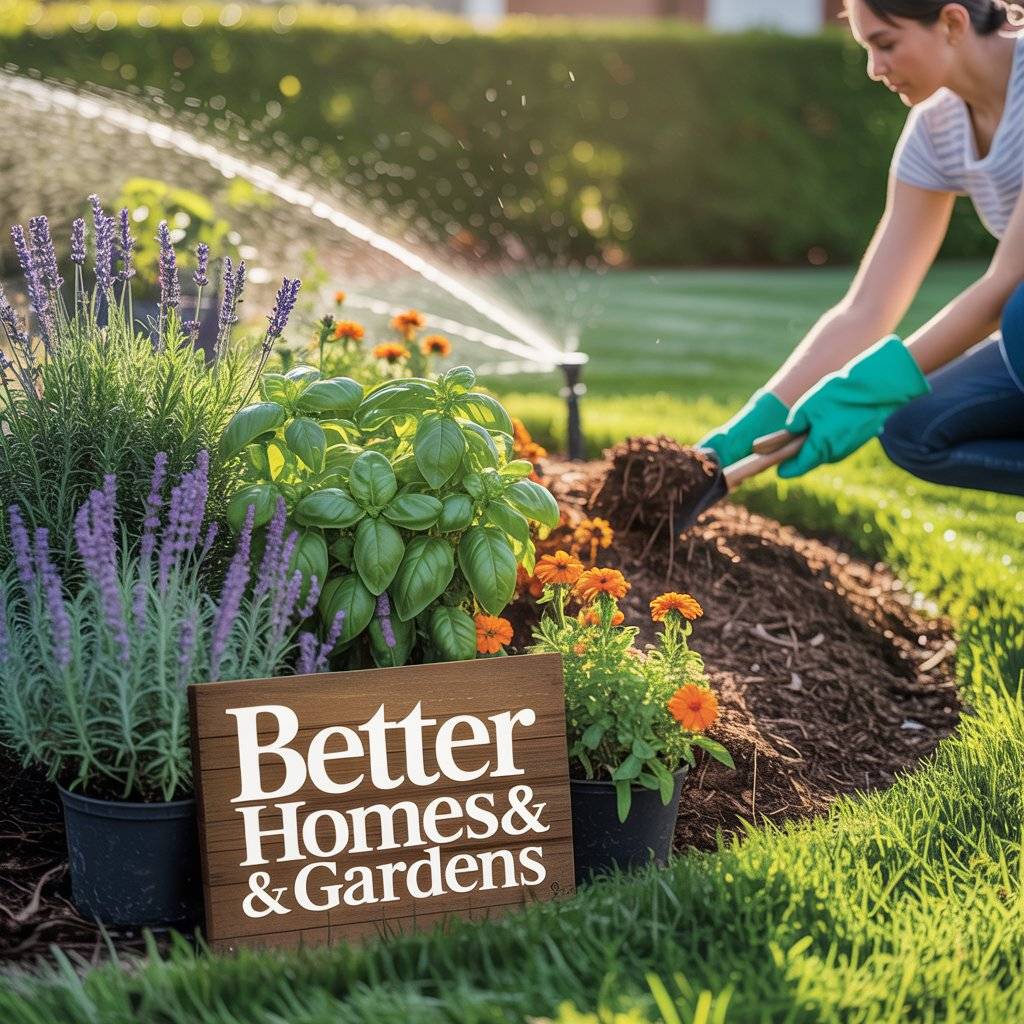
Summer is prime growing season, but your lawn needs a little prep to thrive. Start by raking out dead grass and debris. Then mow the lawn on a high setting it encourages stronger roots. Add mulch to garden beds to help the soil hold moisture and prevent weeds. Check your sprinkler system or hose connections to make sure everything works smoothly.
If you’re planting, stick with heat-tolerant flowers or herbs like lavender, basil, or marigolds. These do well in full sun and add color to your yard. Better Homes & Gardens suggests watering in the early morning to reduce evaporation. Healthy landscaping boosts curb appeal and gives you a nice place to enjoy summer evenings.
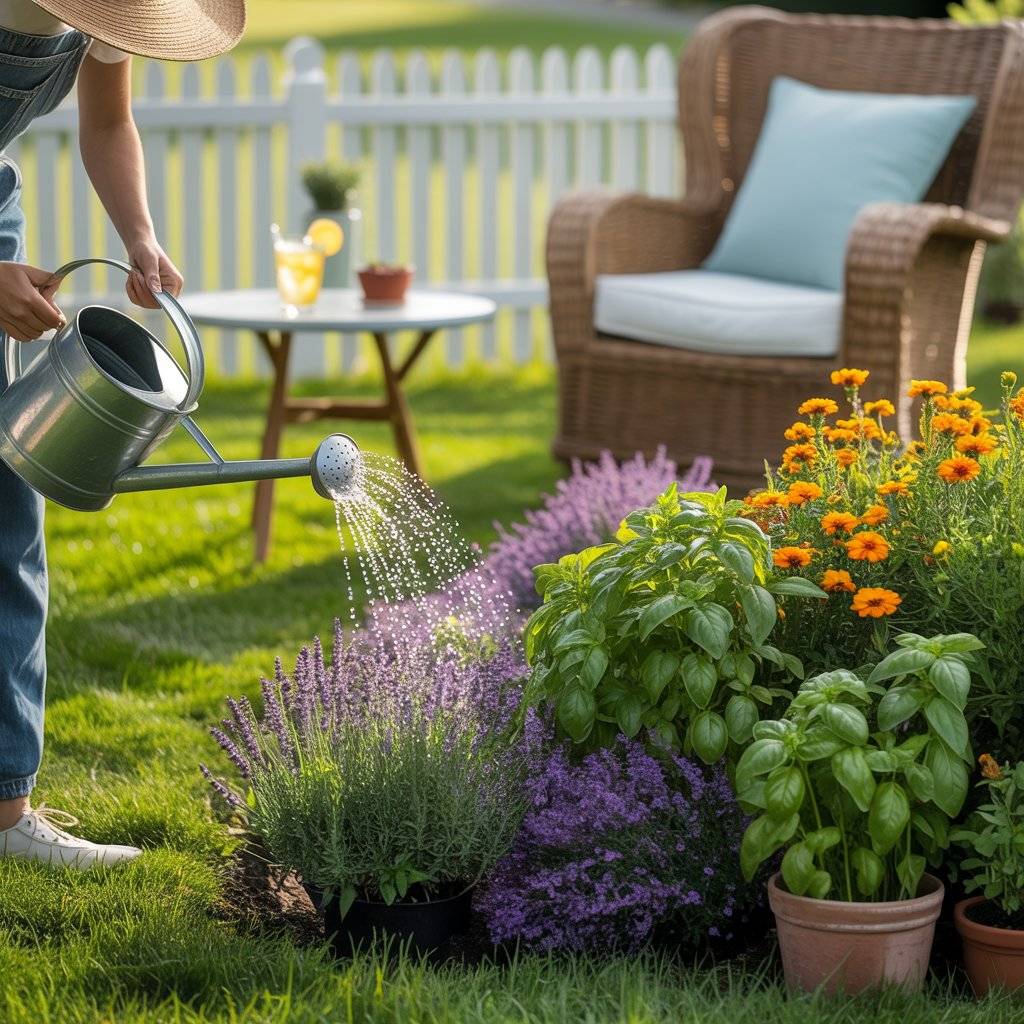
8. Service Your Lawn Equipment
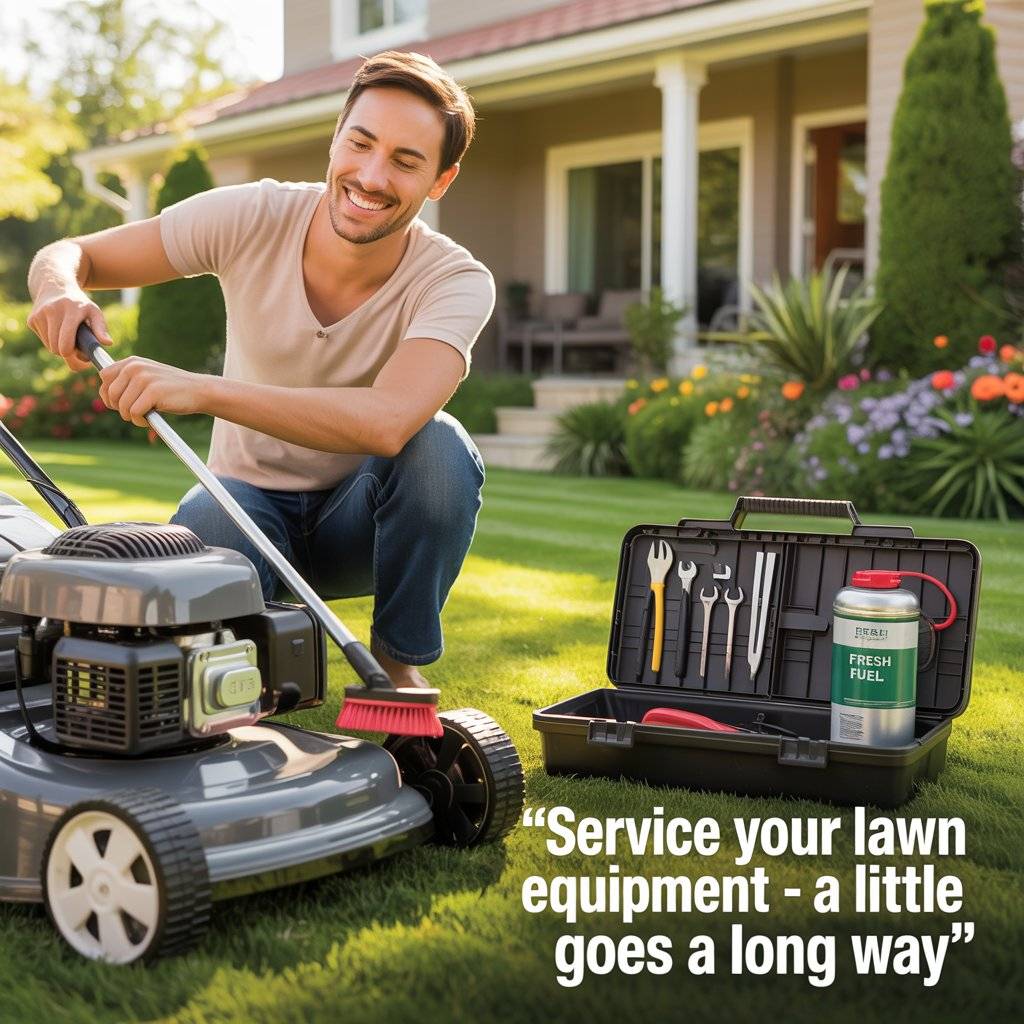
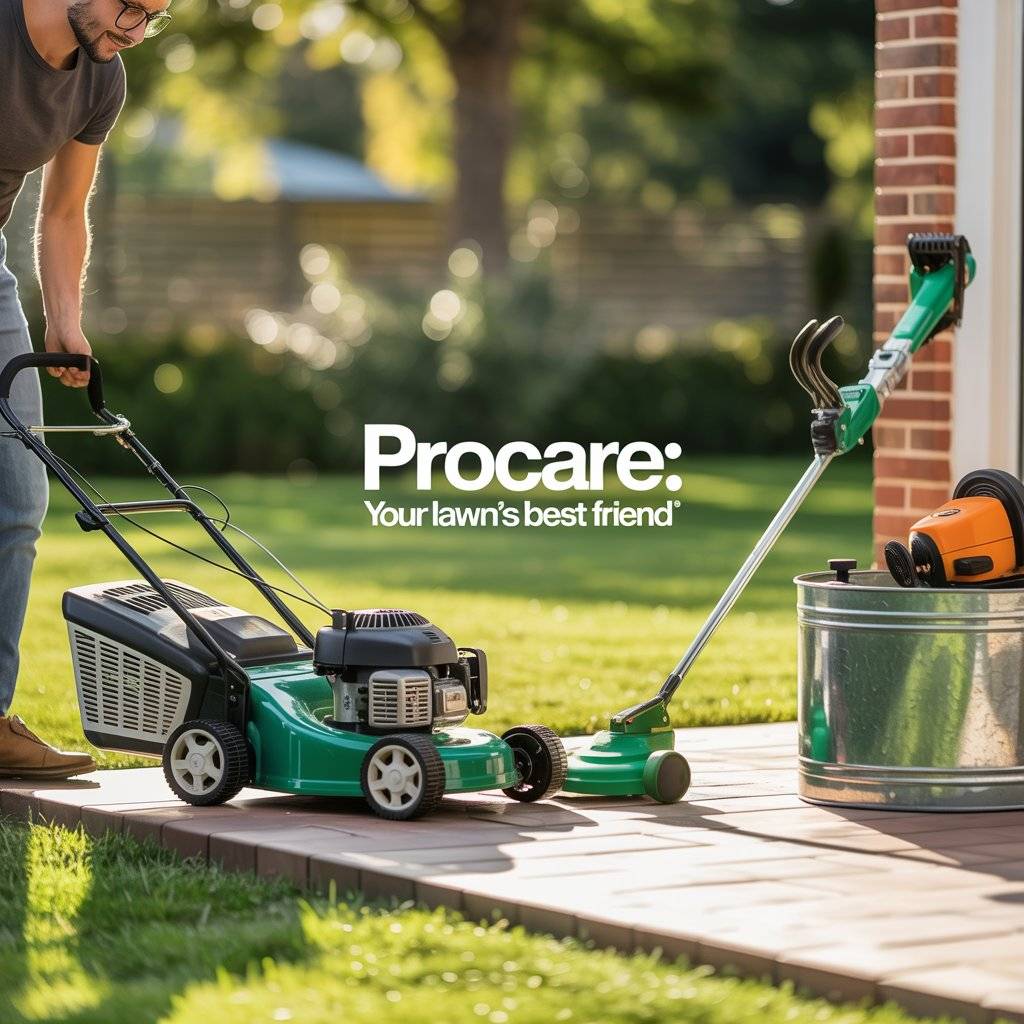
Before the summer growth gets out of hand, give your lawn tools a little love. Start with the lawnmower: check the oil, clean the undercarriage, and sharpen the blade. A dull blade tears grass instead of cutting it cleanly, which can stress your lawn. If you use a string trimmer or hedge clippers, inspect the cords, fuel levels, and blades.
Empty any leftover gas from last year and refill with fresh fuel. Don’t forget to wipe down all equipment after use to prevent rust and buildup. According to Family Handyman, properly maintained lawn gear performs better and lasts longer. Doing this now saves you time and frustration when your yard needs attention mid-summer. Plus, clean tools mean a cleaner-looking lawn.
Here are the: Best Robot Lawn Mowers Ideas for Your Home
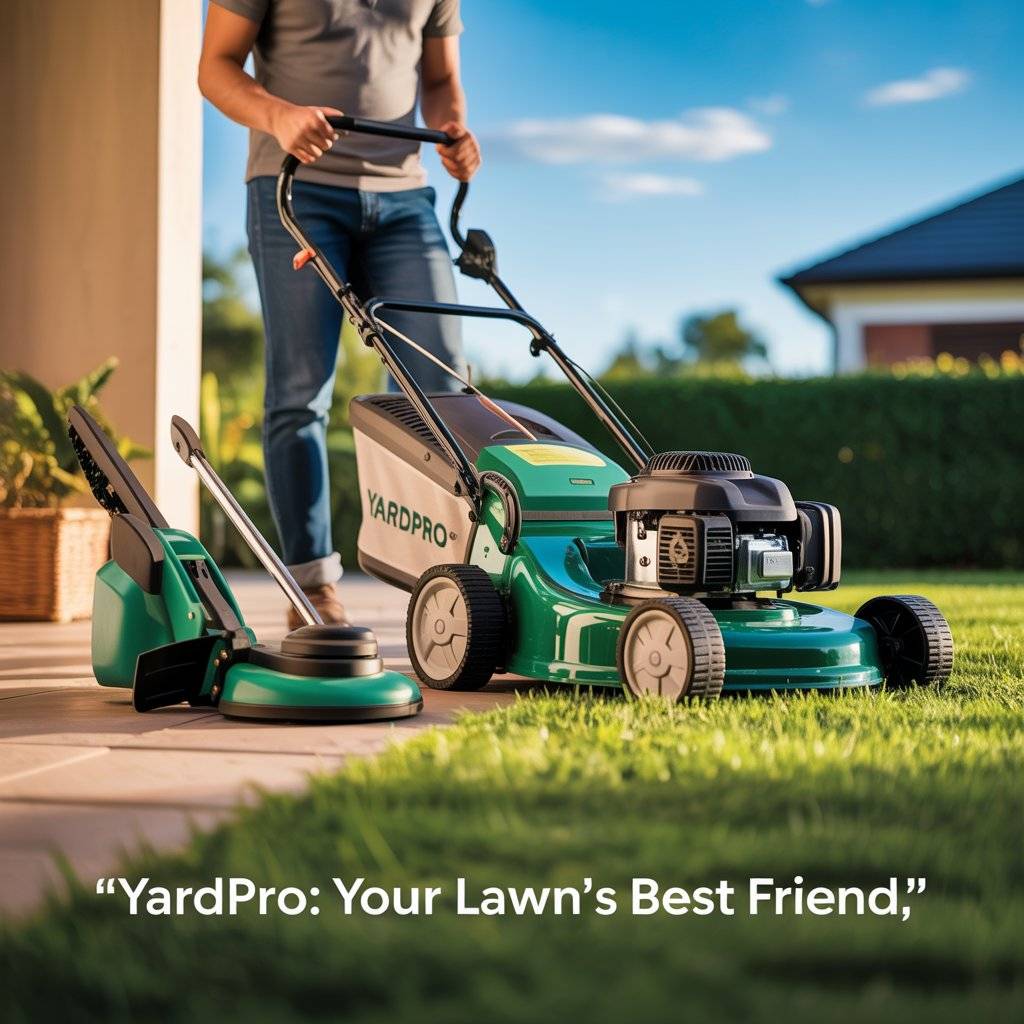
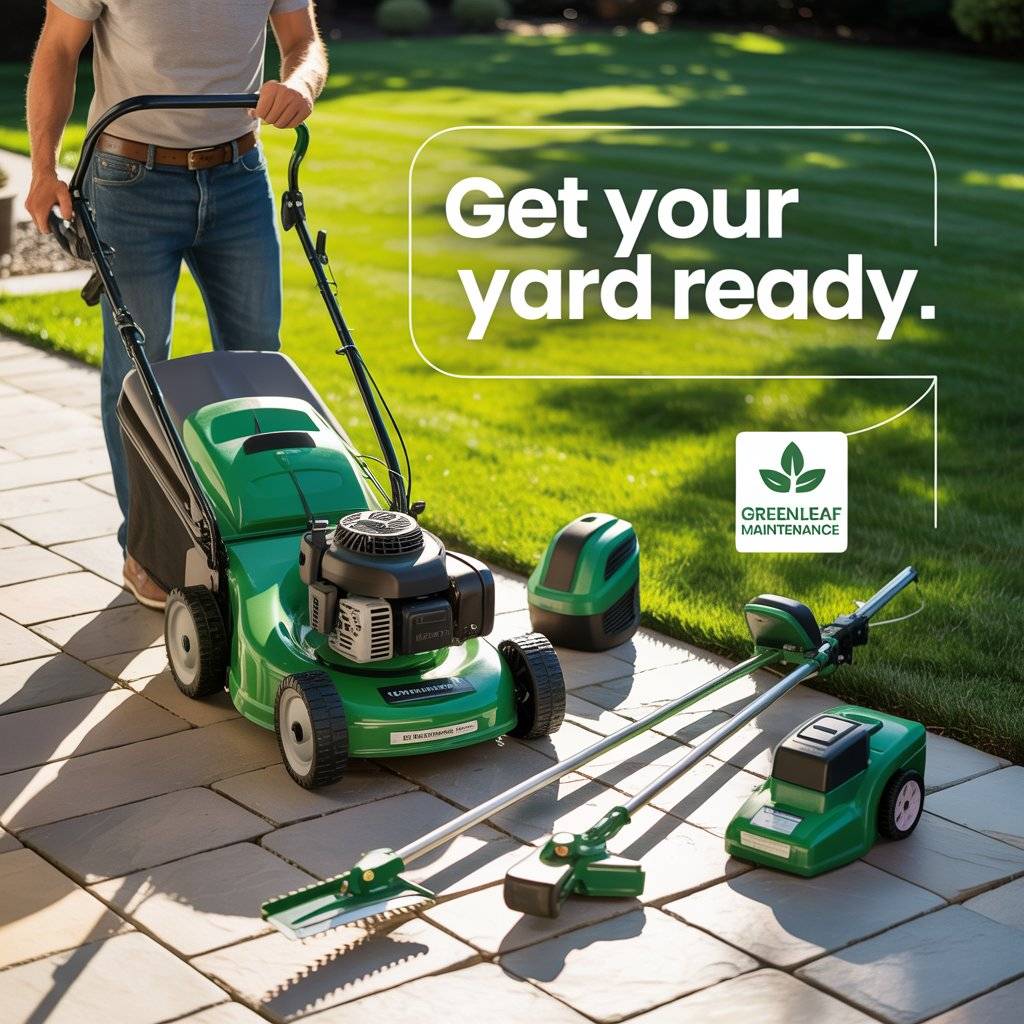
9. Inspect and Clean the Grill
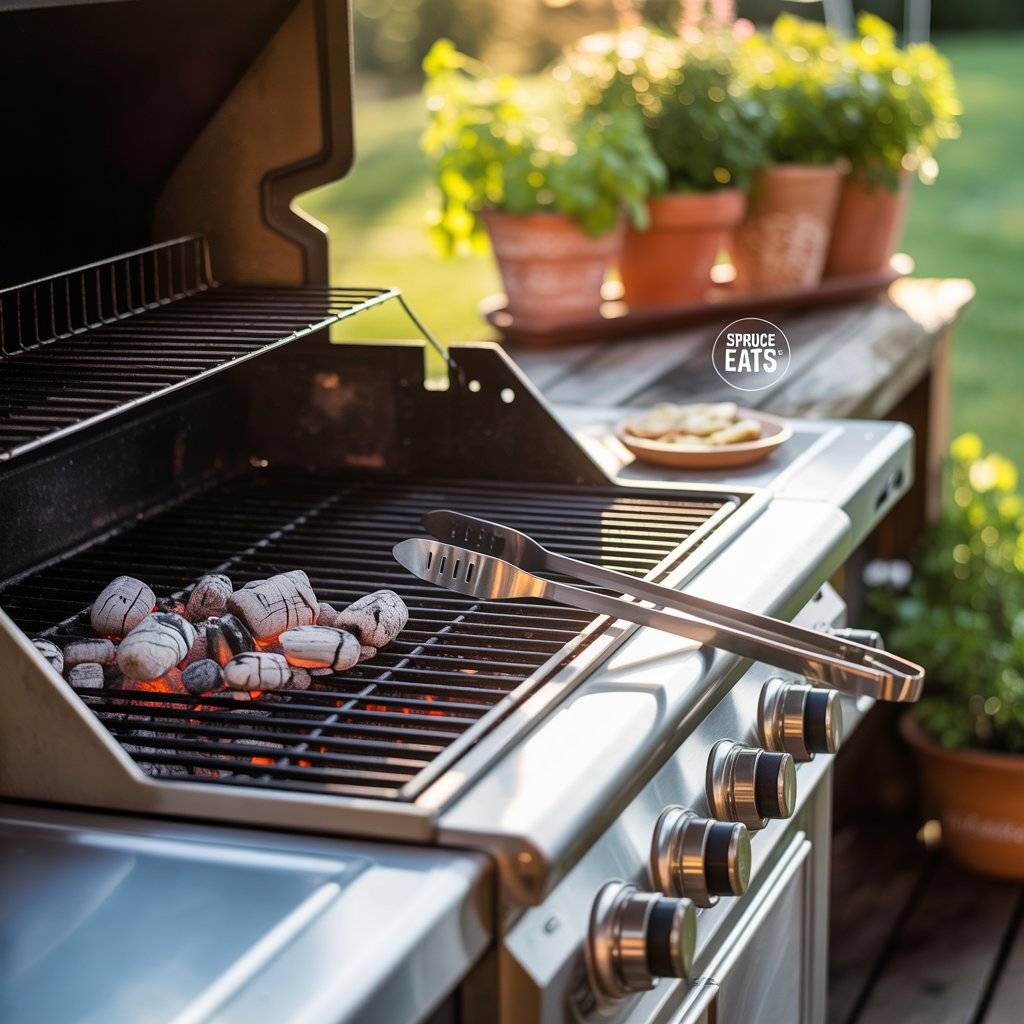
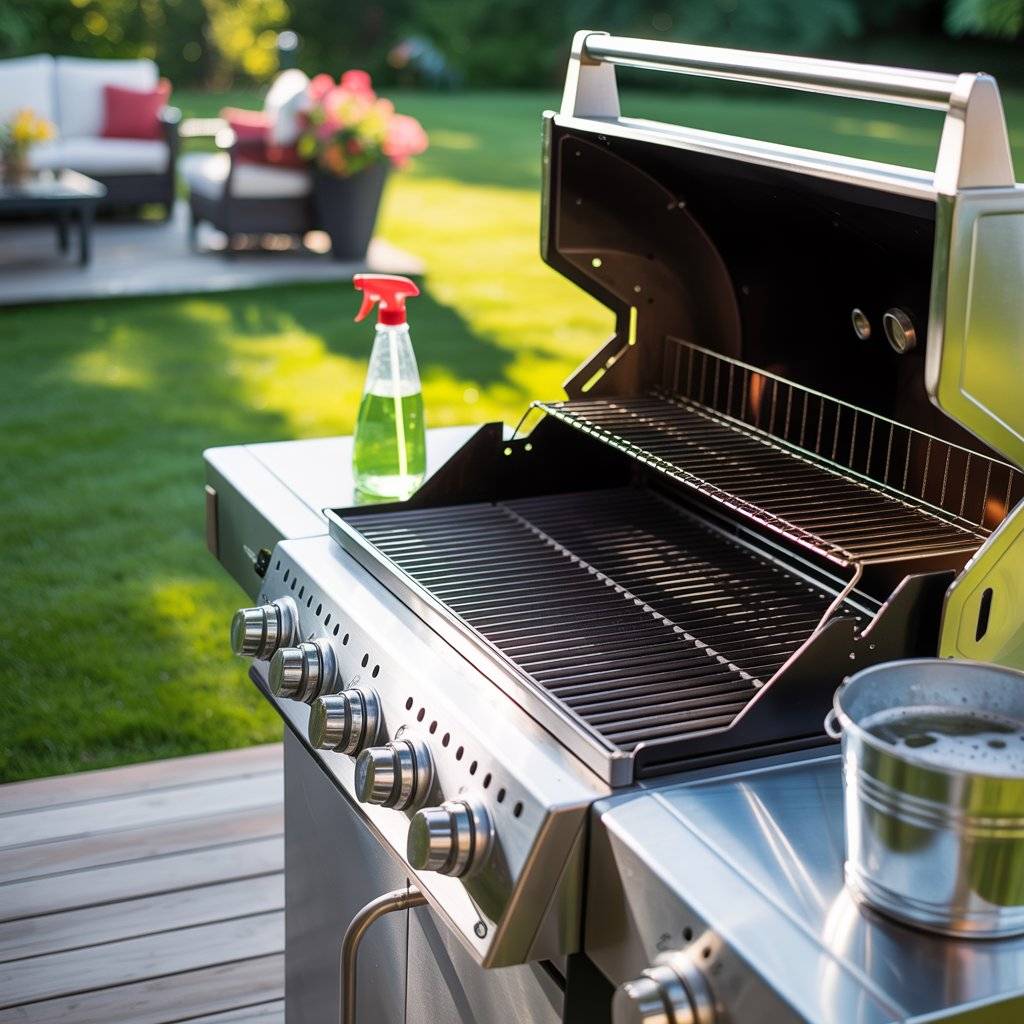
Summer means grilling season, so make sure your barbecue is ready to go. Whether you use gas or charcoal, start by giving the grates a deep clean. Soak them in warm soapy water, scrub off grease, and let them dry completely. For gas grills, check burner tubes for clogs and test all connections for leaks use a soap-and-water spray to spot bubbles.
Clean out any ash or debris and wipe down the exterior with a damp cloth. If grill cover is worm heat out, nows a good time to replace it to keep everything protected. The Spruce Eats recommends preheating the grill for 15 minutes after cleaning to burn off any remaining residue. A clean grill not only improves taste but also prevents flare-ups and keeps your food safe.
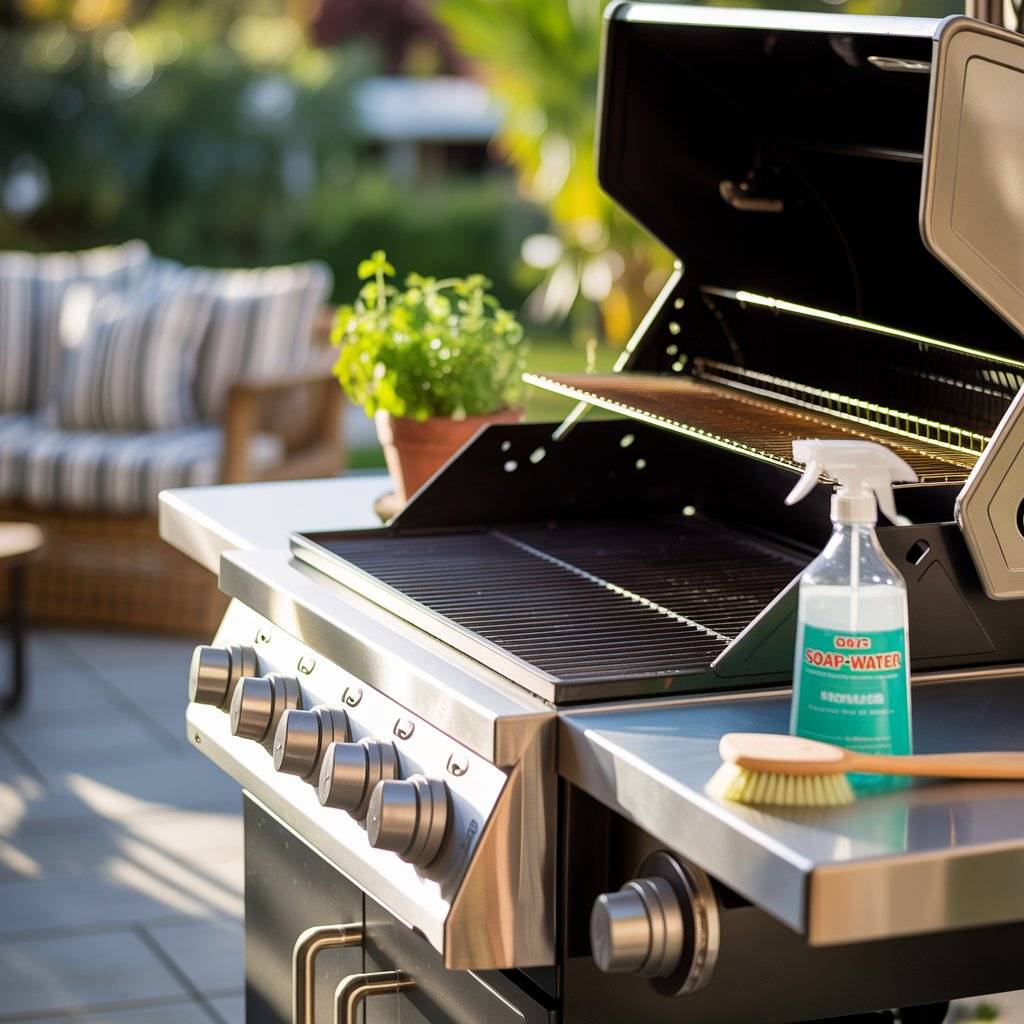
10. Test Smoke and Carbon Monoxide Detectors
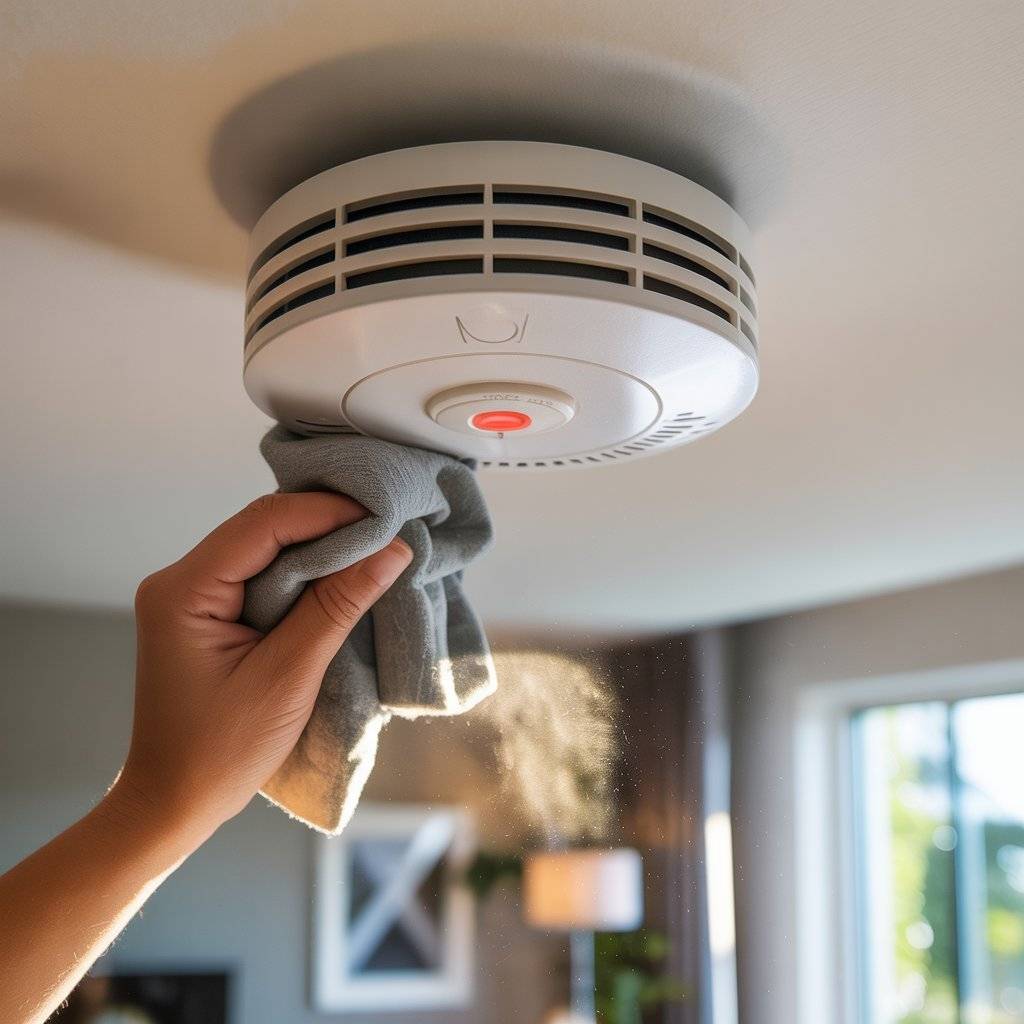
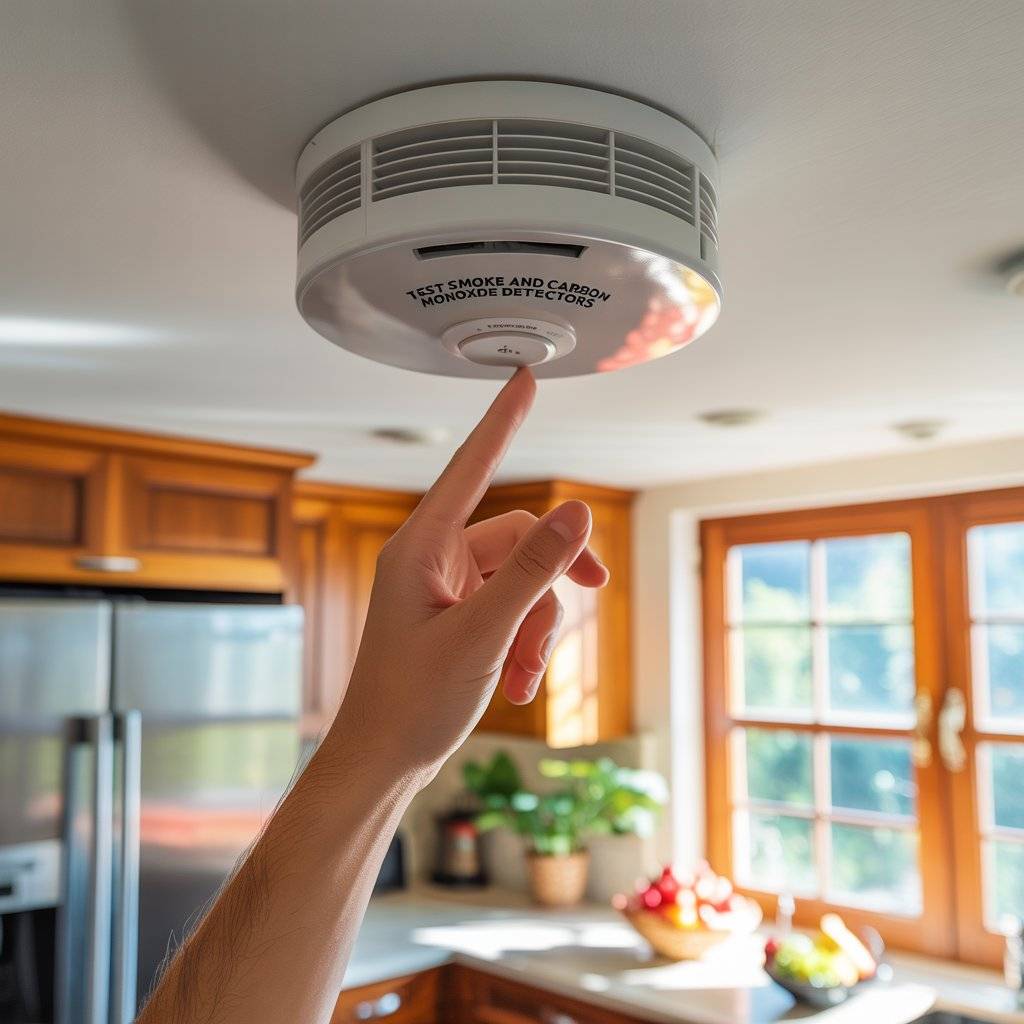
Summer is the time when windows are shut tight during heatwaves or when AC is blasting all day. That’s why it’s crucial to test your smoke and carbon monoxide detectors. Press the test button on each unit to make sure the alarm sounds. Replace batteries if needed or just do it anyway if it’s been over 6 months.
Wipe the units gently with a dry cloth to remove dust, which can cause false alarms or block sensors. If your detectors are over 10 years old, it’s time to replace them entirely. According to the National Fire Protection Association, working detectors can reduce fire death risk by nearly 50%. This 5-minute task can literally save lives.
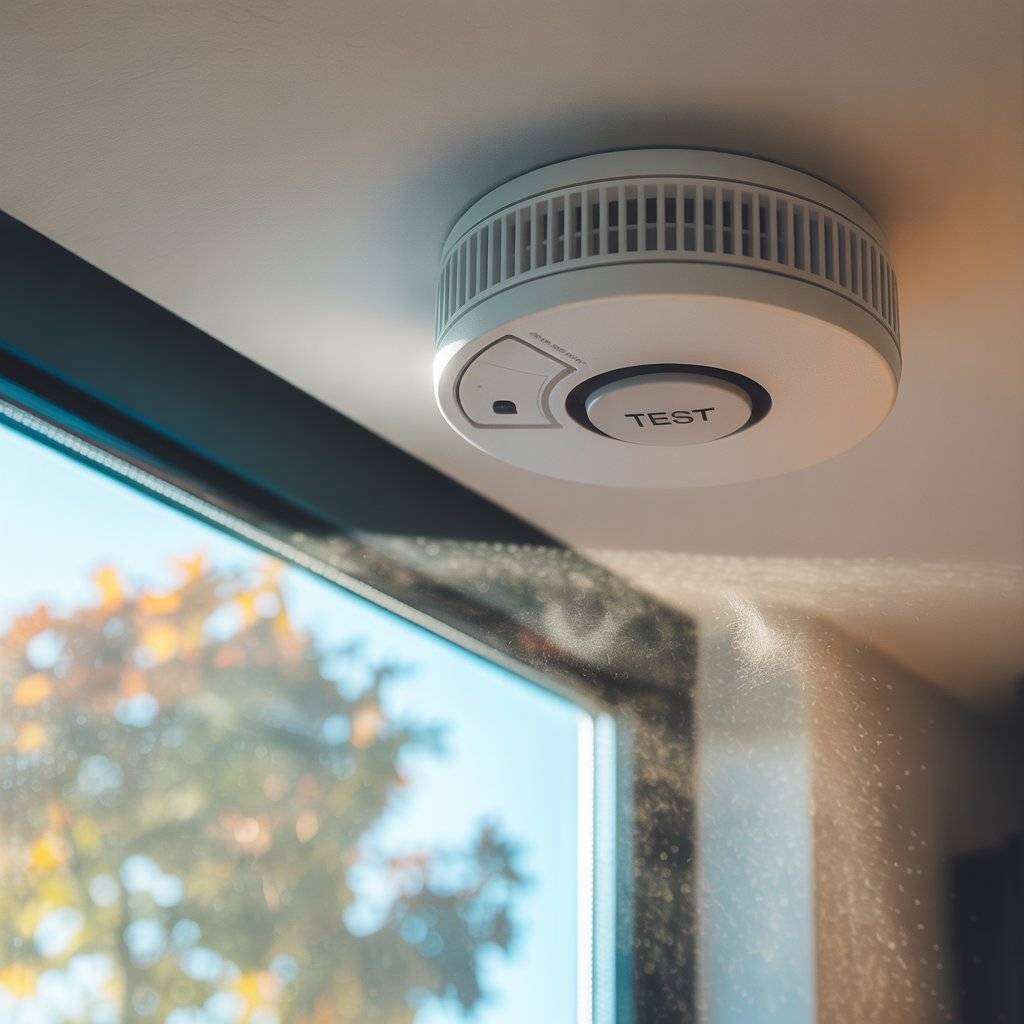
11. Deep Clean the Fridge and Freezer

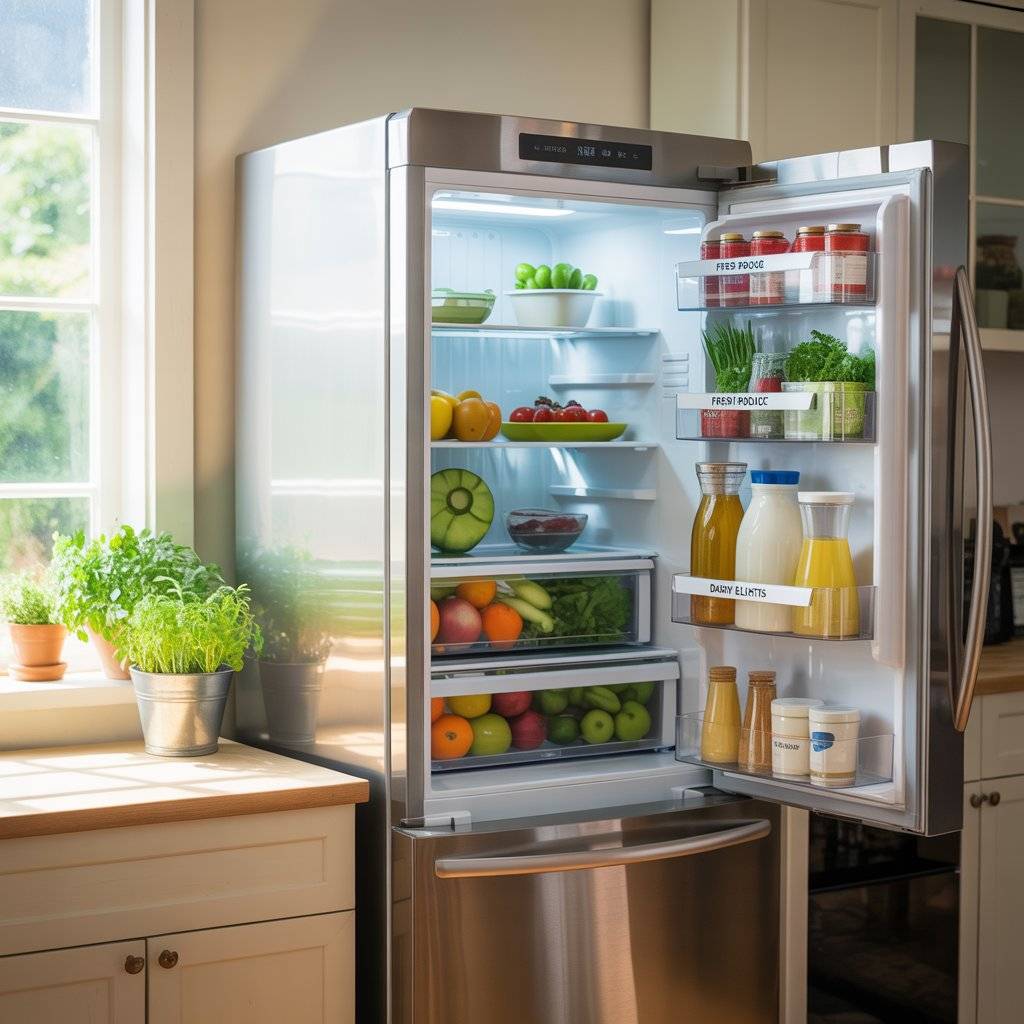
Hot weather can make your fridge work overtime, especially if it’s not clean. Take time to empty both the fridge and freezer, toss expired items, and clean all surfaces with a mix of warm water and baking soda. Vacuum behind and underneath the appliance to remove dust buildup around the coils—this improves energy efficiency.
If your freezer has frost buildup, defrost it and reset the temperature to around 0°F (-18°C). Consumer Reports notes that keeping coils clean can improve refrigerator efficiency by up to 30%. It’s also a great time to organize your food items so nothing goes to waste. A fresh, well-organized fridge keeps your food safer and your energy bills lower during the heat of summer.
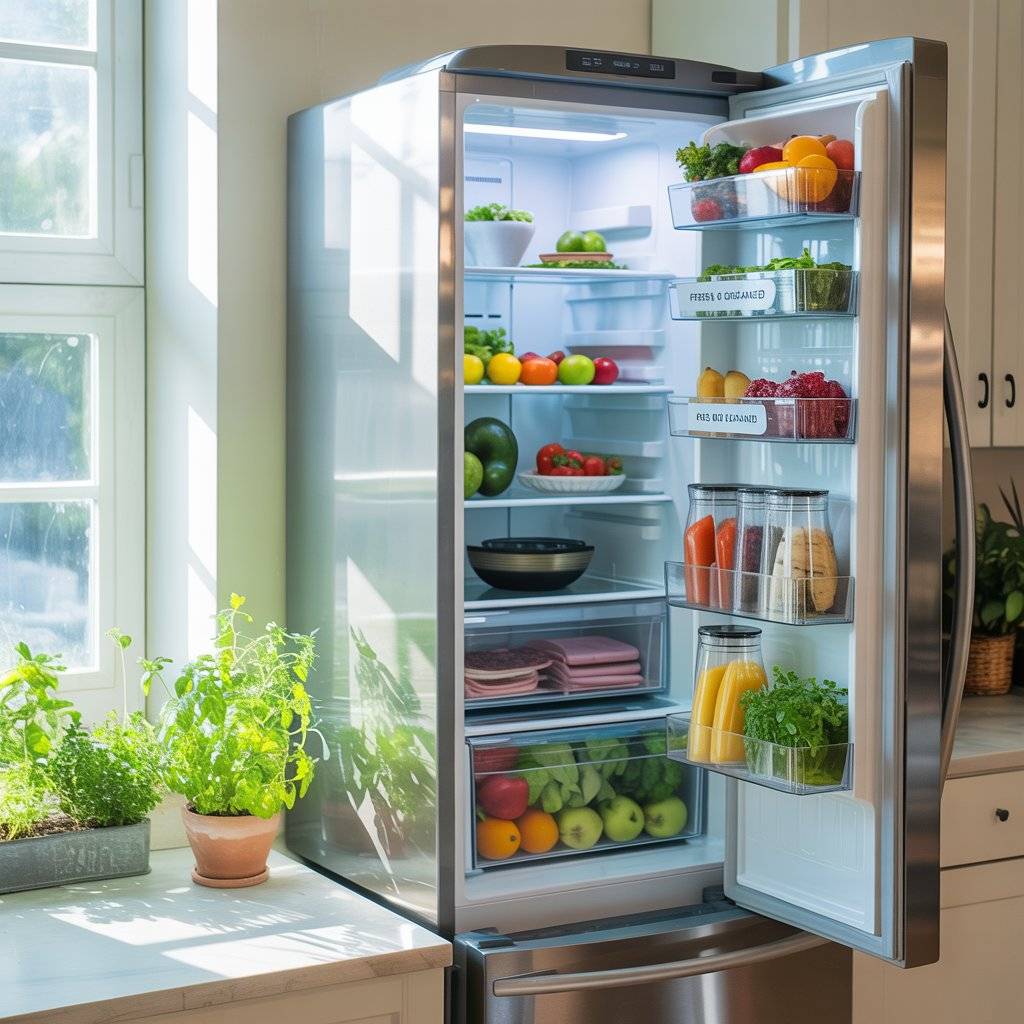
12. Clean and Check Ceiling and Bathroom Exhaust Fans
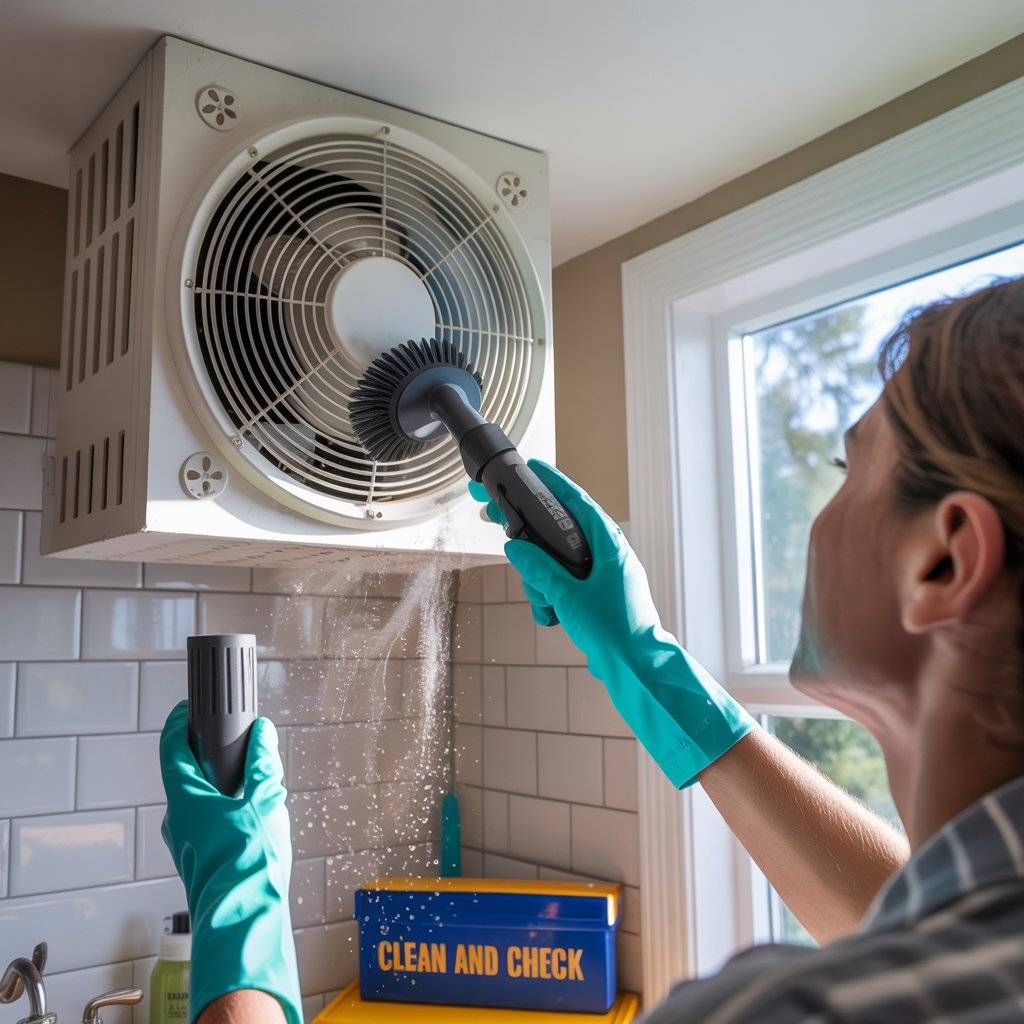
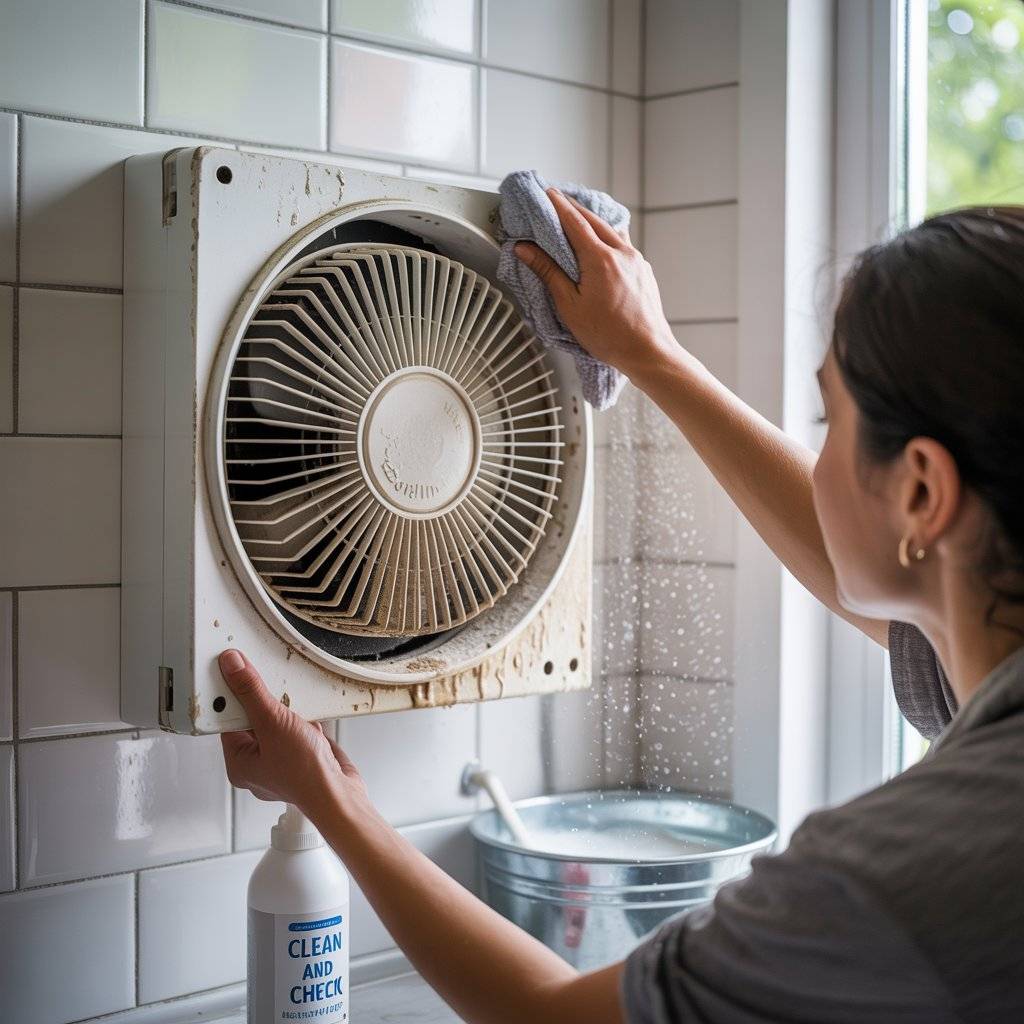
Exhaust fans help move warm air and moisture out of your home, especially in bathrooms and kitchens. Over time, they collect dust and grease that make them work harder or stop working completely. Turn off the power, then remove the fan covers and clean them with soapy water.
Use a vacuum brush or a soft cloth to wipe down the motor and blades. For bathroom fans, make sure there’s no mold or mildew around the area. When fans work properly, they help prevent moisture buildup, which is key during humid summer days. According to The Spruce, this simple cleaning job improves air quality and helps your home stay fresher, longer.
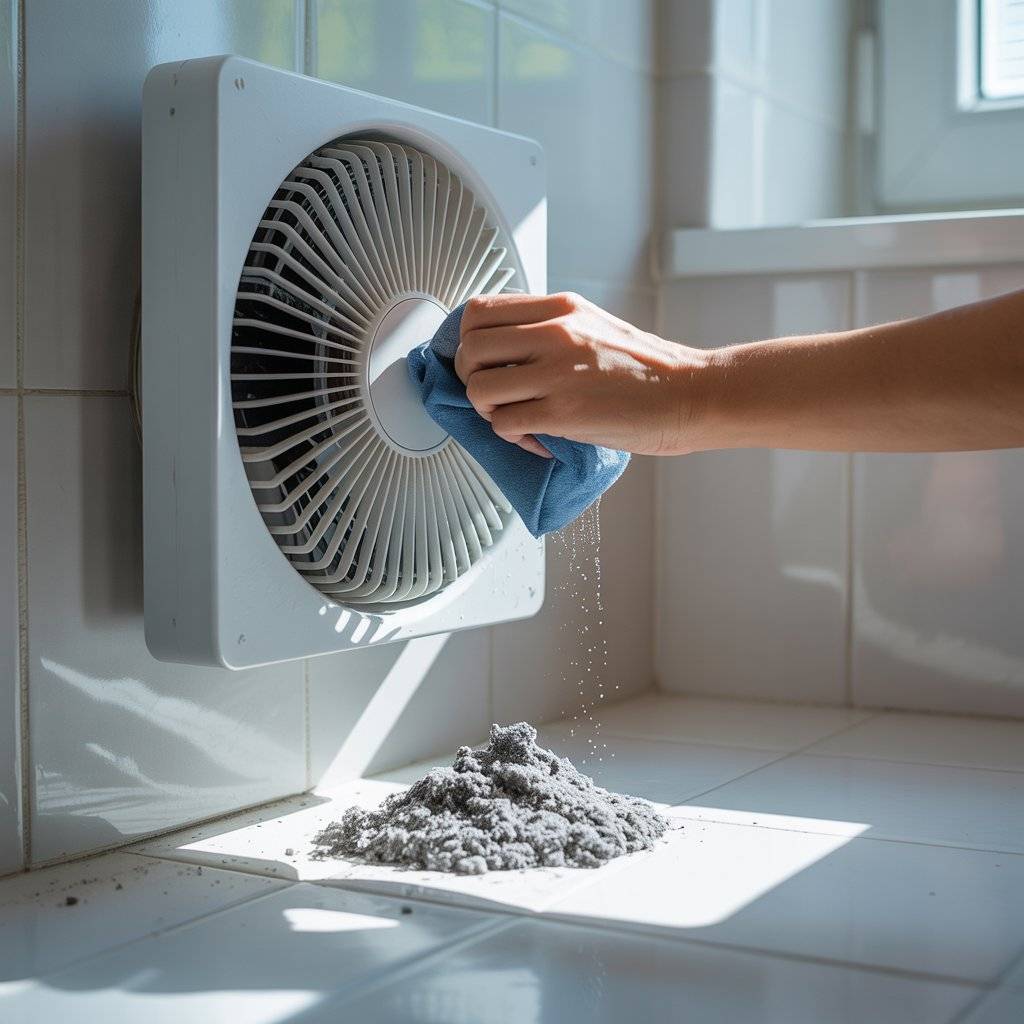
13. Organize and Declutter the Garage
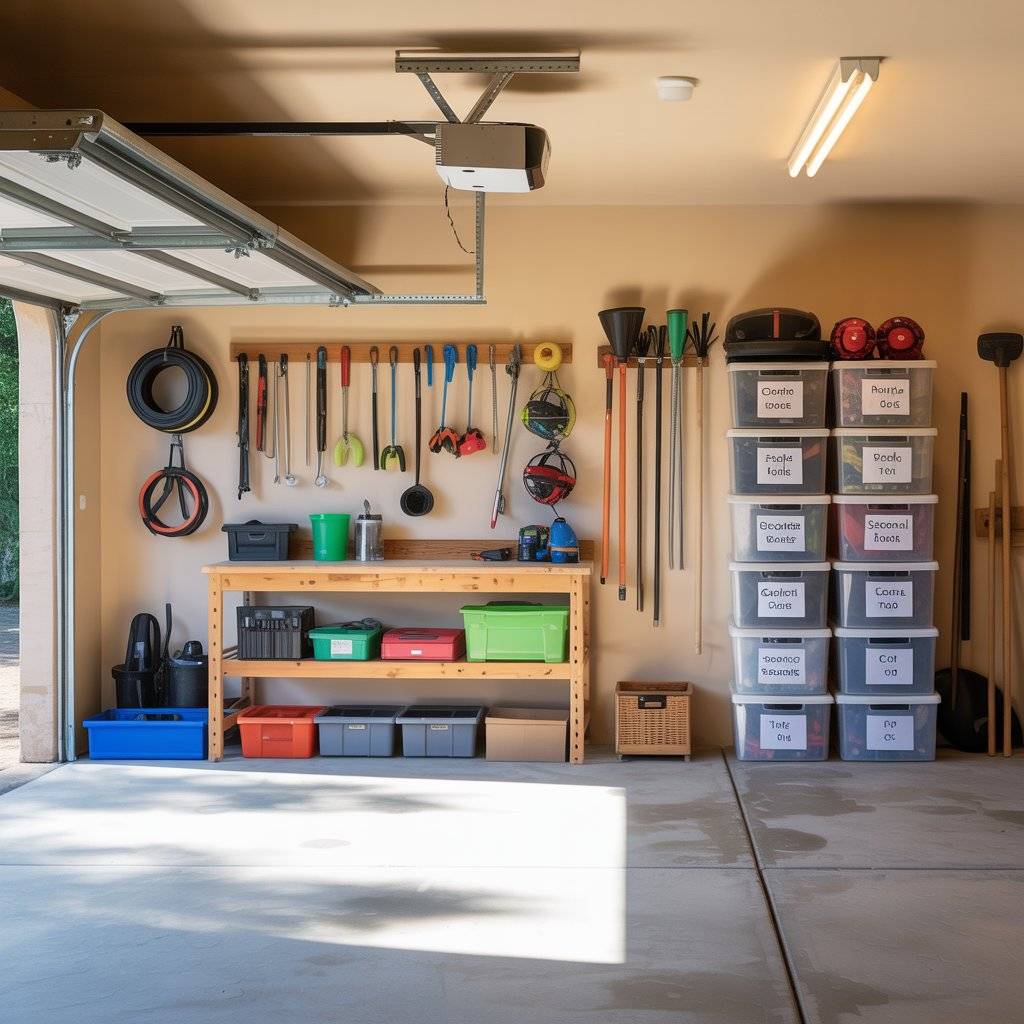
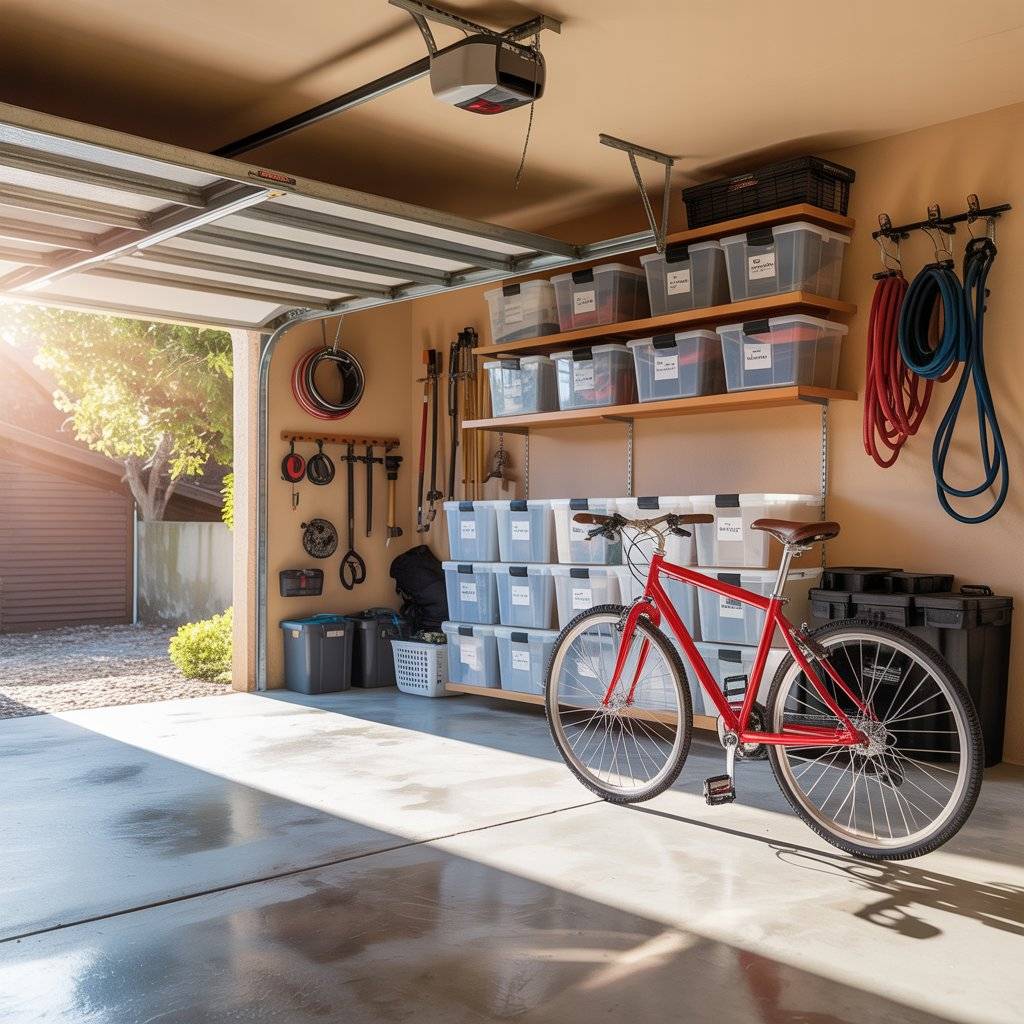
Your garage can become a dumping ground during the colder months. Before summer fully kicks in, clear it out. Remove everything from the floor old paint cans, broken tools, storage boxes and decide what to toss, donate, or organize. Install wall hooks or shelves for tools, sports gear, and hoses. Sweep the floor, and if needed, hose it down for a deeper clean.
Organizing your garage makes it easier to find your summer gear like bikes, gardening tools, and camping supplies. According to HGTV, garages are among the most underutilized spaces in a home cleaning them can reclaim storage and even increase property value. Plus, a tidy garage is much cooler (literally and figuratively) during summer months.
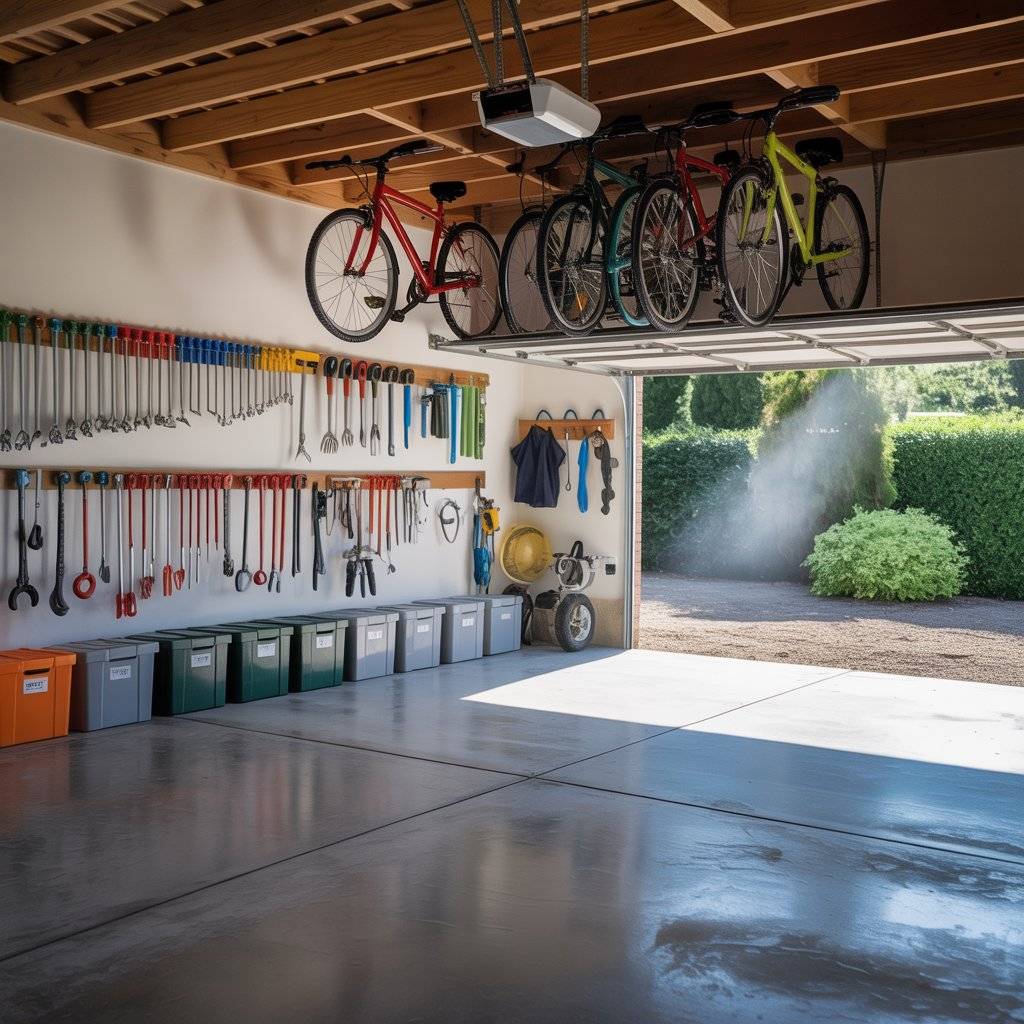
14. Clean and Inspect Your Dryer Vent
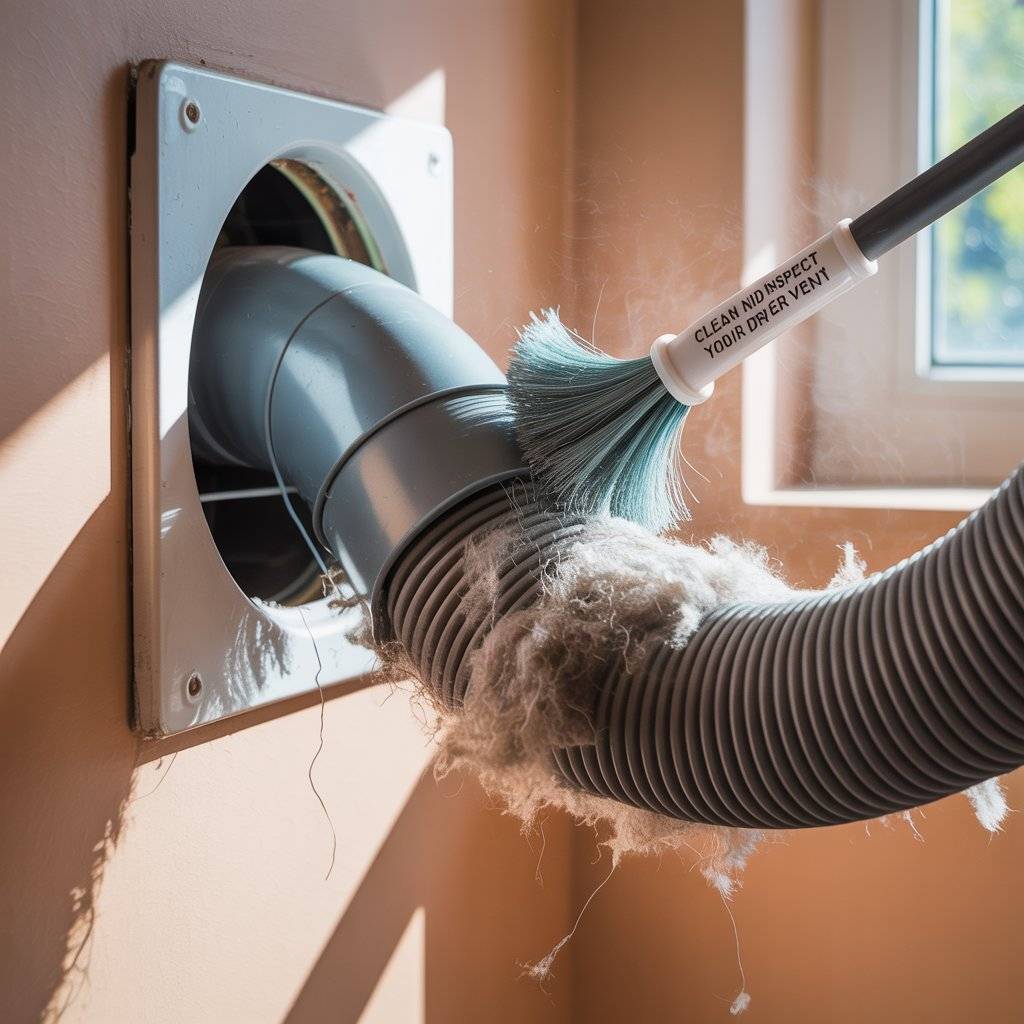
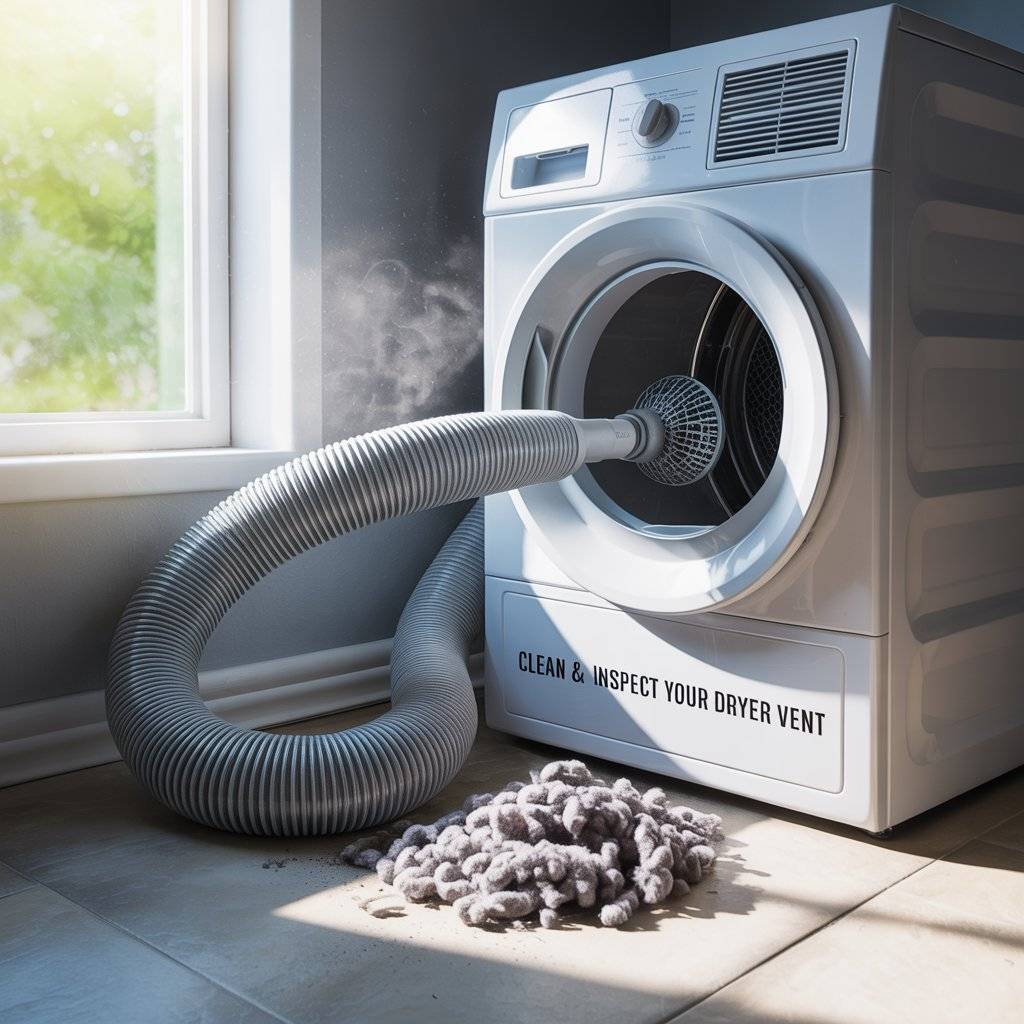
Lint buildup in the dryer vent is not just a fire hazard it also makes your dryer run less efficiently. Start by unplugging the dryer and pulling it away from the wall. Disconnect the vent hose and use a vacuum or vent cleaning brush to remove lint buildup from both the hose and the vent opening on the outside of your home.
Reconnect everything tightly once you’re done. A clean vent allows hot, moist air to escape properly, so your clothes dry faster. The U.S. Fire Administration warns that nearly 3,000 home dryer fires occur each year, many due to clogged vents. This task takes less than 30 minutes but has a big impact on safety and efficiency.
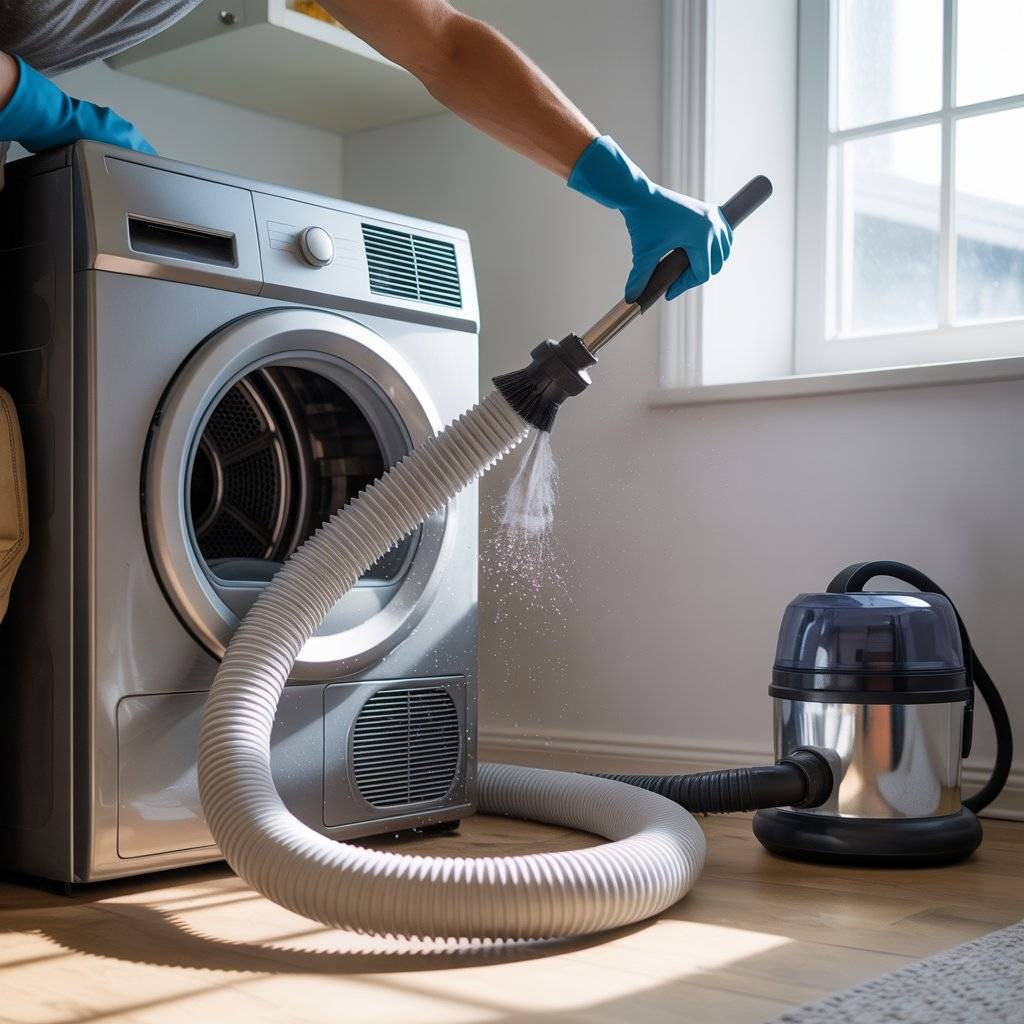
15. Refresh the Entryway and Front Door


Your entryway is the first thing people see and summer is the perfect time to give it a refresh. Wipe down or repaint the front door if it looks worn or faded. Add a new doormat, clean outdoor lighting fixtures, and trim back any overgrown plants around the entry.
If your door has glass panels, clean them inside and out. Consider installing a weather-resistant wreath or some potted plants to give a friendly, welcoming feel. Also, check that door locks and hinges are secure and working smoothly.
A well-maintained front door not only boosts curb appeal but also improves home security. According to Better Homes & Gardens, small exterior updates can significantly improve your home’s overall look and feel.


AFQs
🔧 1. How do I even start planning summer home maintenance?
Start by walking through your home inside and out with a notebook or phone. Look for signs of wear, things you didn’t get to in spring, and areas you’ll use more in summer (like patios or AC units).
Then, write down what needs cleaning, fixing, or prepping. Prioritize safety and energy-saving tasks first (like checking your air conditioner and smoke detectors). Group similar tasks together by area or tools needed, and then assign them to weekends. Planning small chunks makes it manageable and less overwhelming.
📅 2. When’s the best time to do summer maintenance tasks?
Early summer right before the peak heat is ideal. Try to tackle outdoor tasks in the morning or on cooler days. Aim to spread things out over a few weeks so you’re not rushing.
For example, clean and test the AC in early June, wash windows a week later, and prep the grill closer to your first cookout. Having a flexible plan keeps you from burnout and helps you stay consistent.
🧰 3. What tools or supplies do I need to get started?
Most summer prep tasks only need basic tools: a garden hose, ladder, screwdriver set, cleaning rags, vinegar, soap, and maybe a power drill.
Other helpful supplies include caulk, a weatherstrip kit, a grill brush, and an AC filter. Before starting, check what you already own, then make a small shopping list. Buying everything in one trip saves time and helps you stay on track.
📊 4. How do I decide which tasks to DIY and which to hire out?
If a task involves electricity, gas, roof work, or plumbing beyond the basics and you’re not 100% sure how to do it safely it’s best to hire a pro.
For example, changing an AC filter? DIY. Servicing the entire HVAC system? Call a technician. Use the rule of thumb: if it requires special tools, high ladders, or permits, consider outsourcing it. Your time and safety are worth it.
🏡 5. Can I still do summer maintenance if I’m on a tight budget?
Yes! Many summer maintenance tasks are free or super affordable like cleaning your ceiling fans, sealing window gaps, or washing patio furniture. Focus on what prevents costly damage first, like clearing the dryer vent or checking for roof leaks. Small steps did consistently make a huge difference. And remember, regular maintenance saves money in the long run by preventing bigger repairs.
📝 Five Reasons Why I Wrote This Article
- ✅Help Homeowners Feel Less Overwhelmed
Home maintenance doesn’t have to be stressful. I wanted to break it down into practical steps that any homeowner even a first-timer can follow with confidence.
- ✅Save You Money Before Summer Hits
A little bit of prep now can prevent big repair costs later. This checklist is designed to help you catch small issues before they turn into expensive problems.
- ✅Make Your Home Safer and More Comfortable
From testing smoke alarms to cleaning your AC, these tasks protect your home and help it run more efficiently during the hot months.
- ✅Keep Things Real and Doable
Everything on this list is something real people can do no fancy gadgets or expensive renovations. Just smart, simple steps that truly make a difference.
- ✅Encourage Ongoing Seasonal Maintenance
Taking care of your home isn’t a one-time job. I wrote this guide to inspire you to stay consistent through every season not just summer.
🔁 Final Thought
Summer is all about enjoying your home, not stressing over it. If this guide helped you, save it or bookmark it so you can come back to it each year. Share it with a friend or neighbor who might find it useful too!
Stays tuned for the fall edition coming soon and remember, a well-cared-for home is one that takes care of you in return. ☀️
Related Post:
- Natural Wood Tables: Rustic & Eco-Friendly Furniture - December 8, 2025
- Enchanting Christmas Garden Designs for a Cozy, Festive Backyard - November 29, 2025
- 35 Best Open Layout Living Room Dining Room Designs - November 29, 2025

